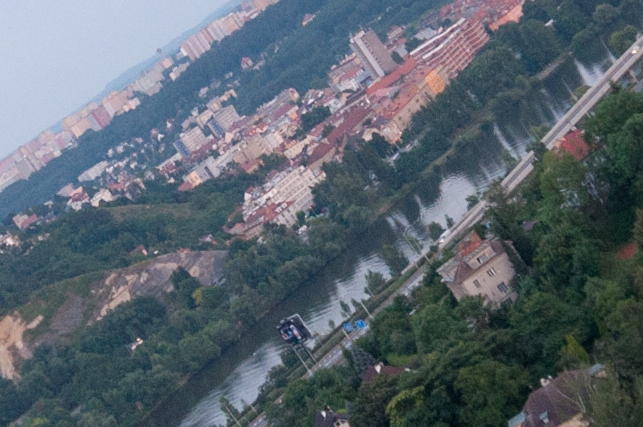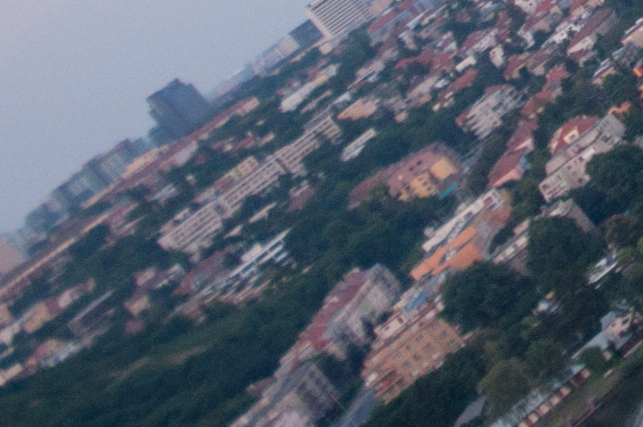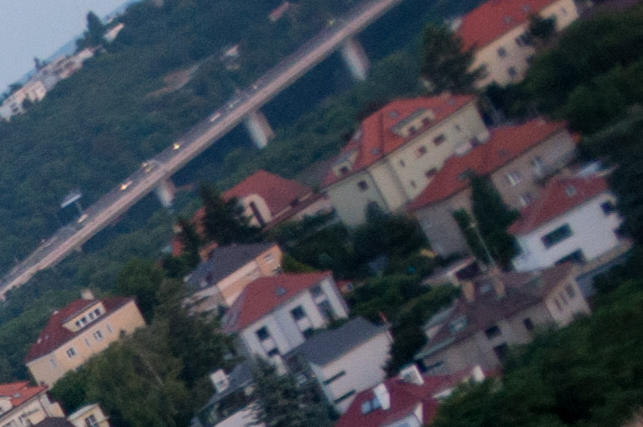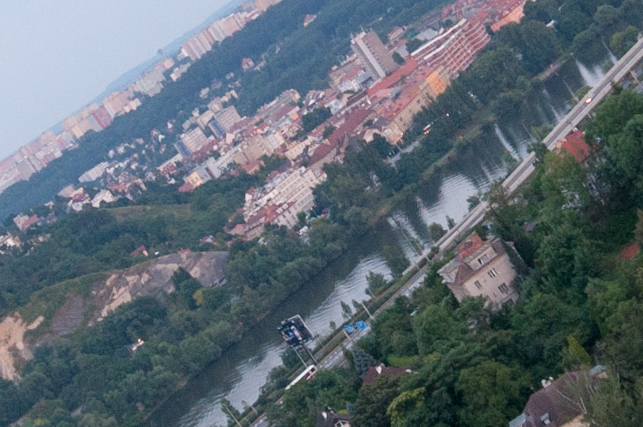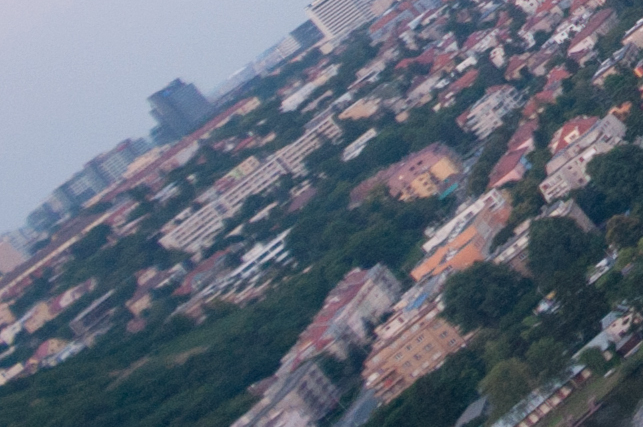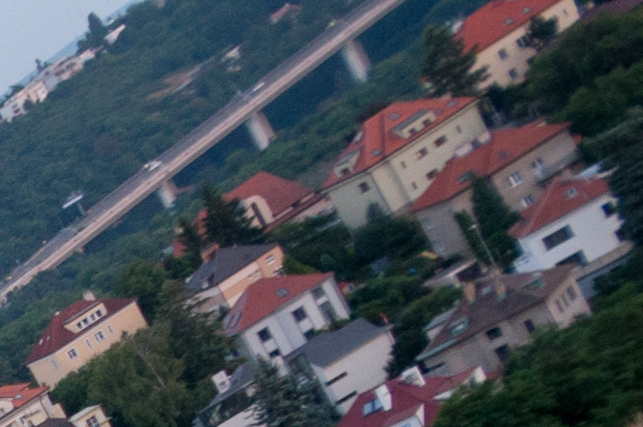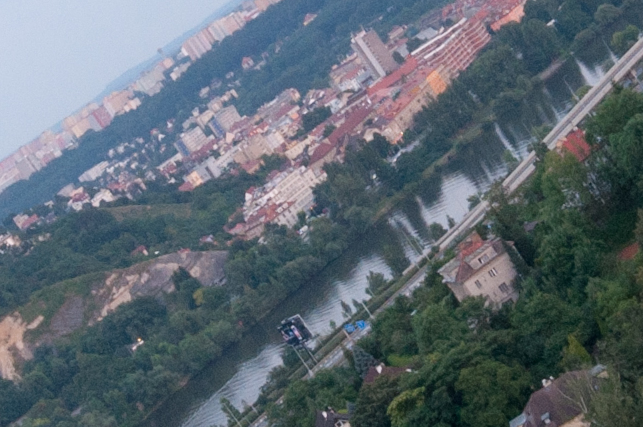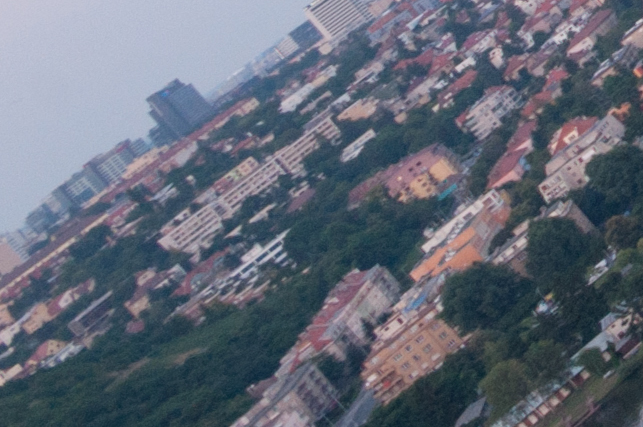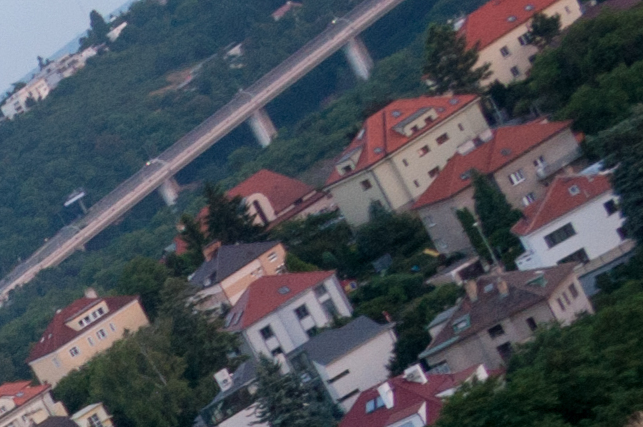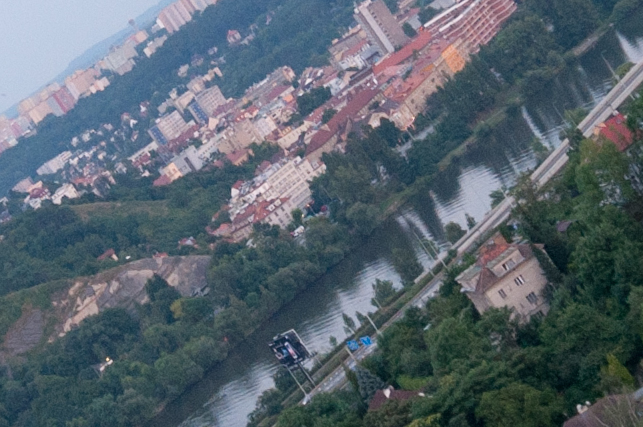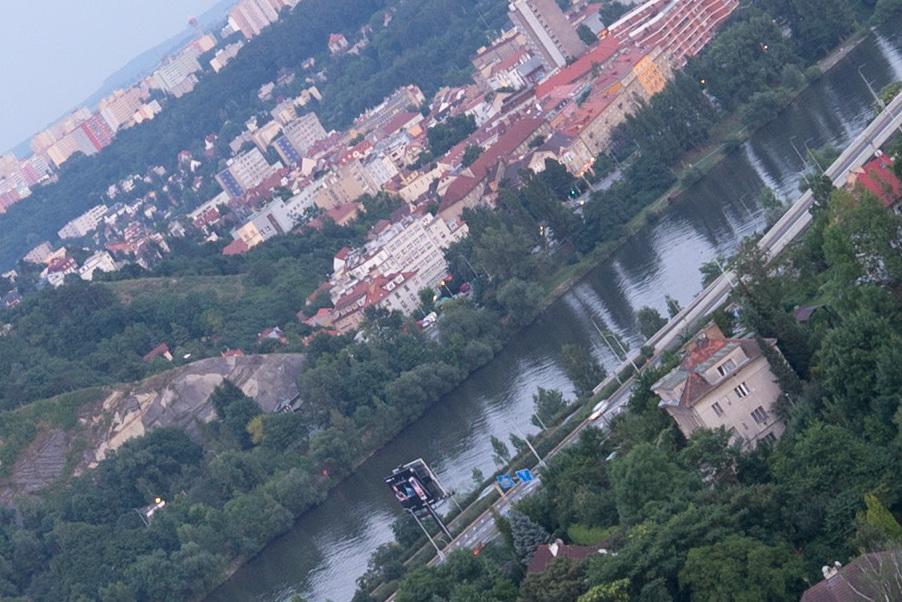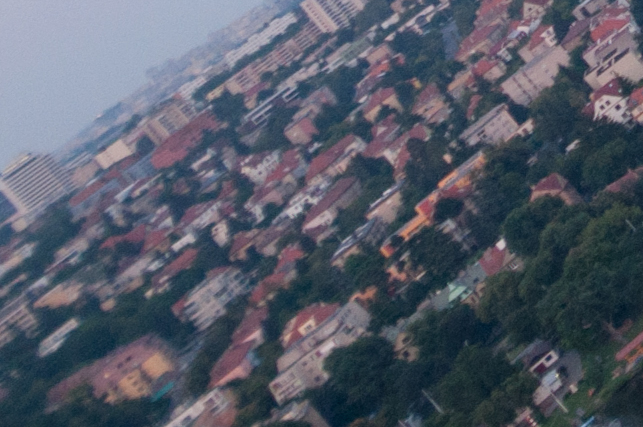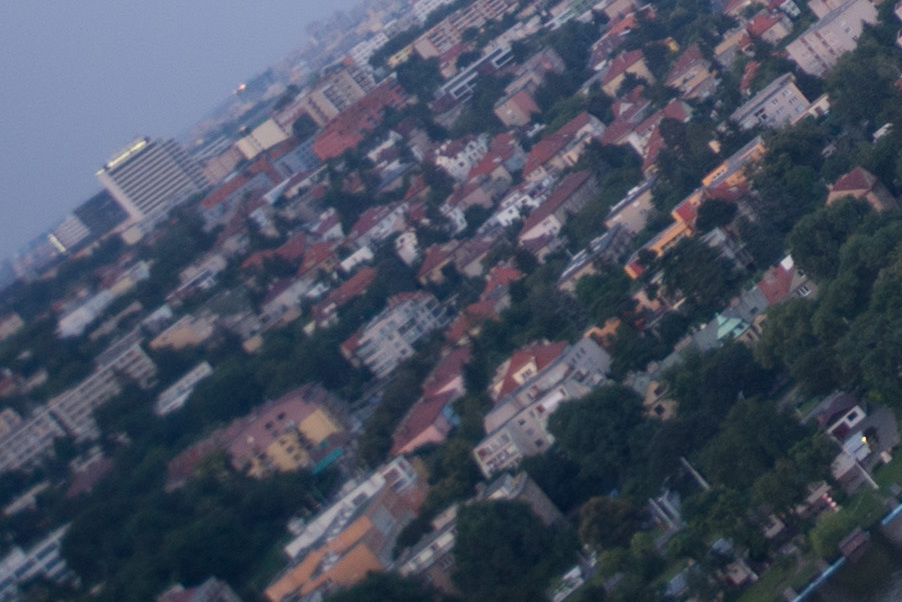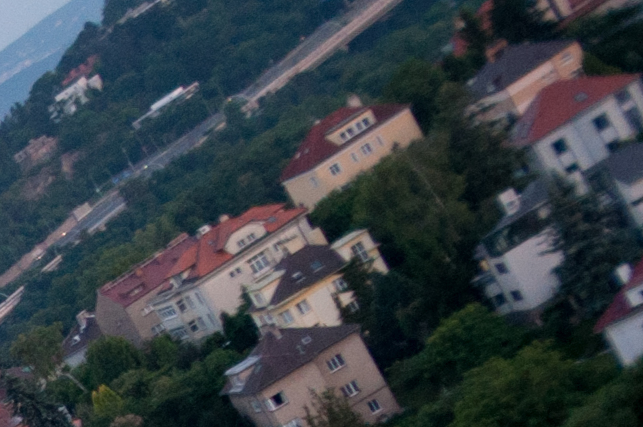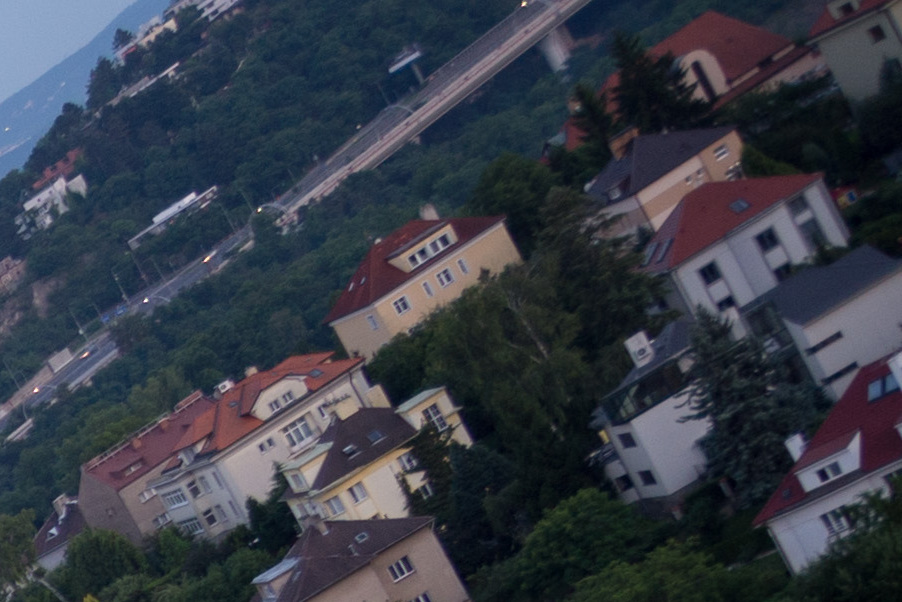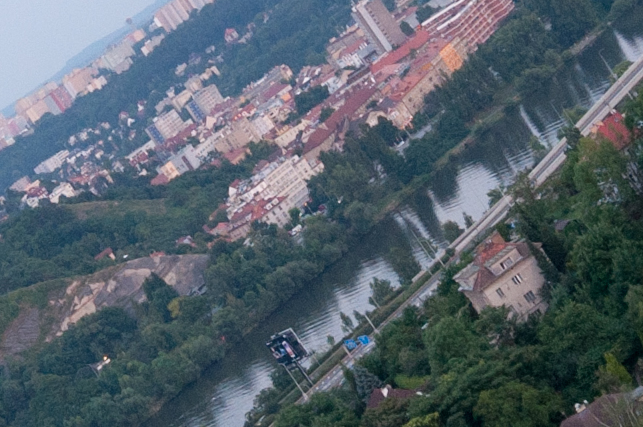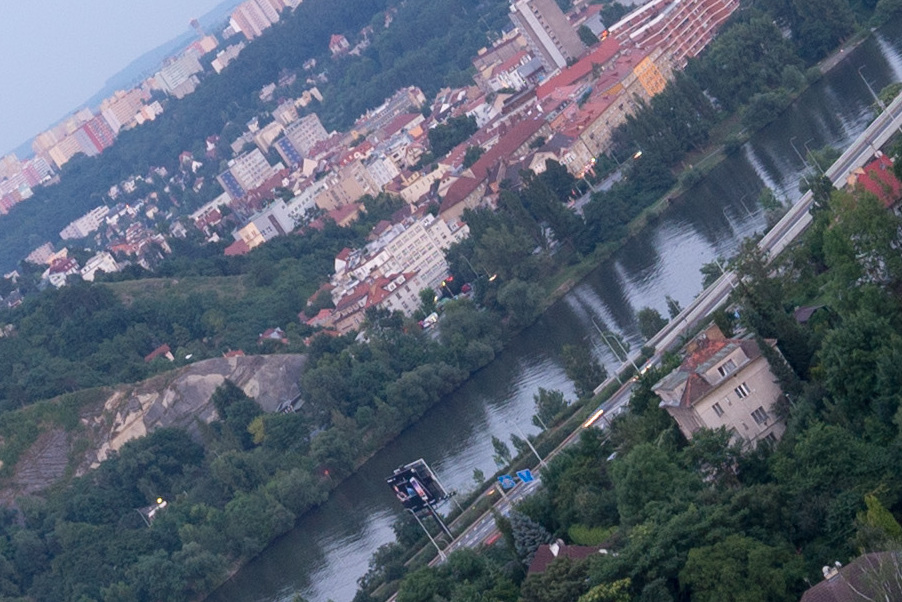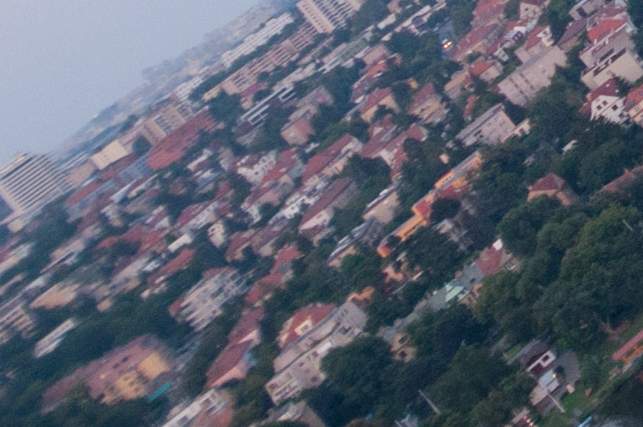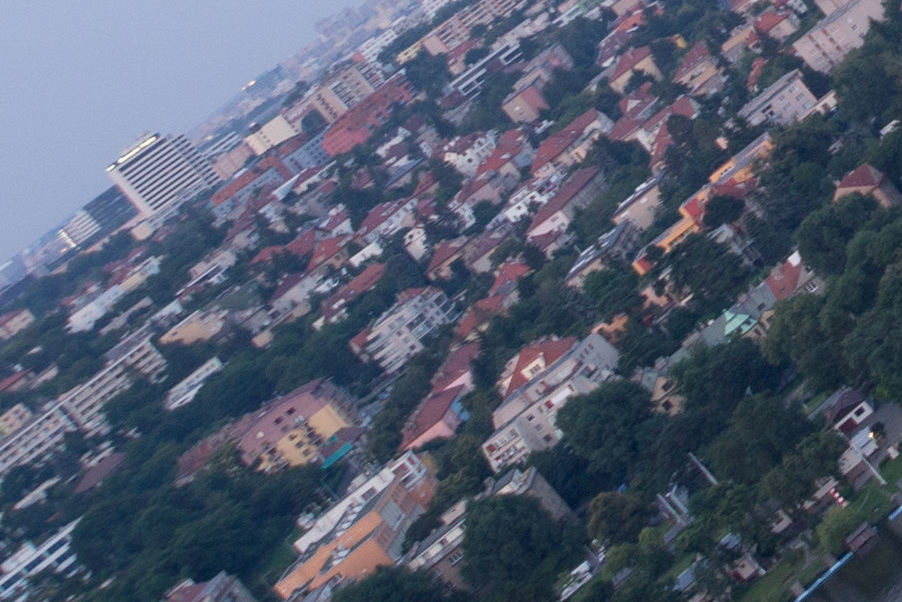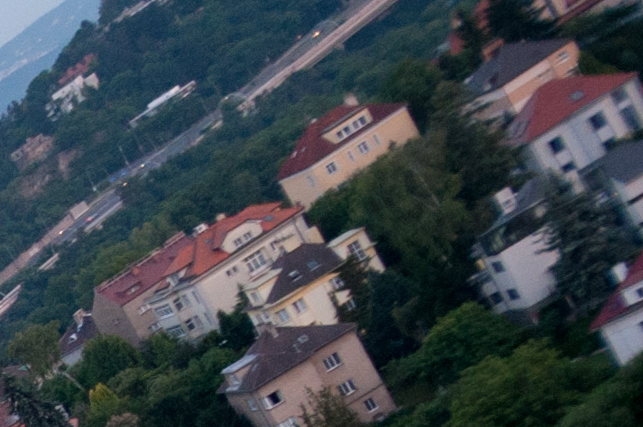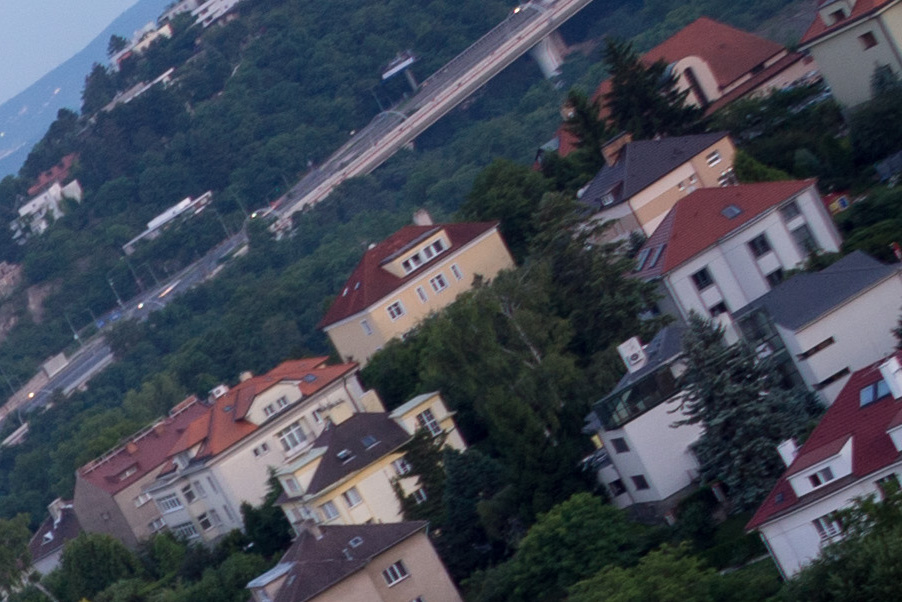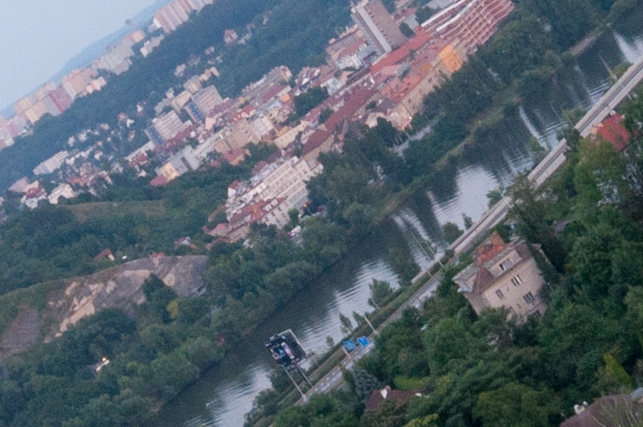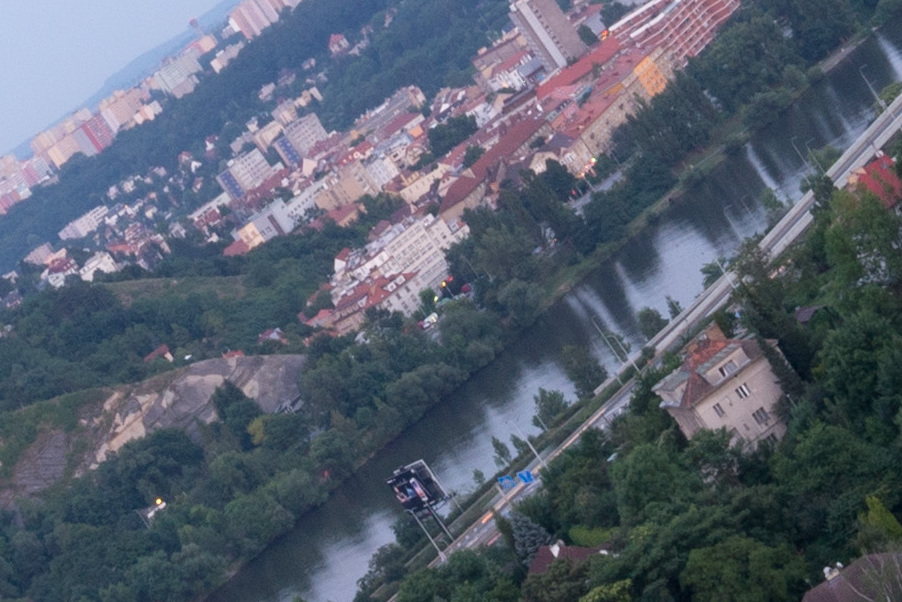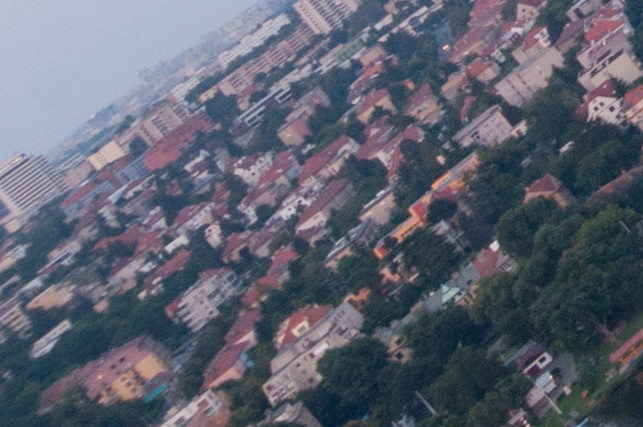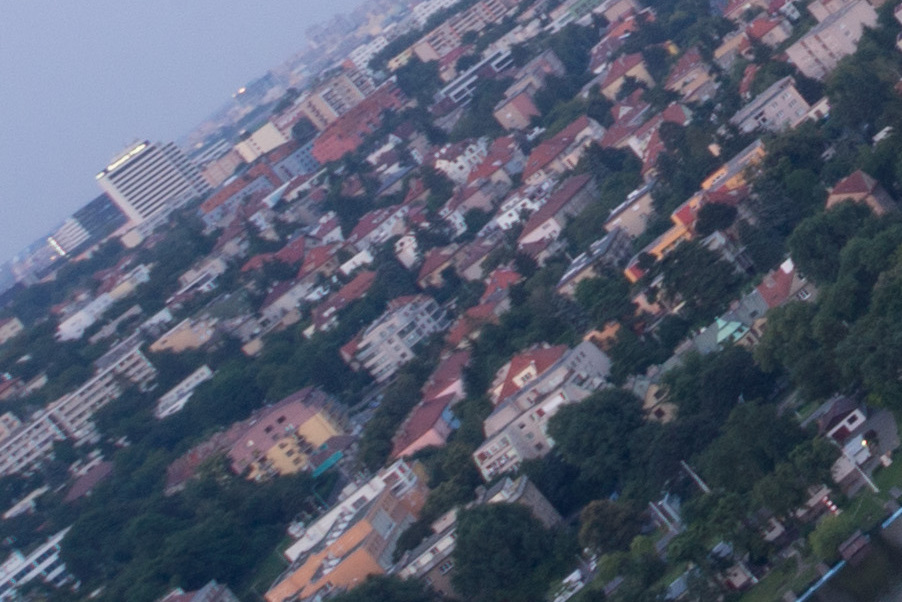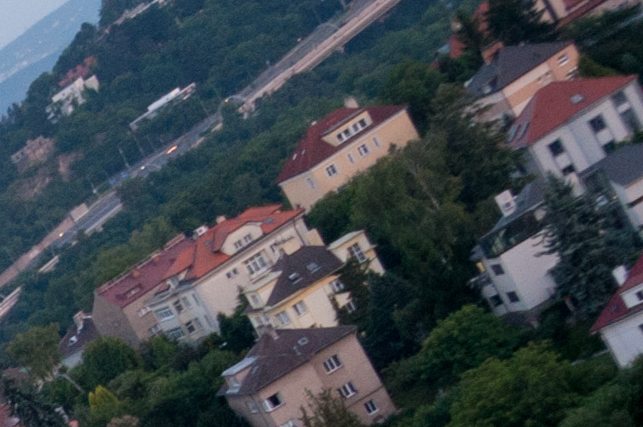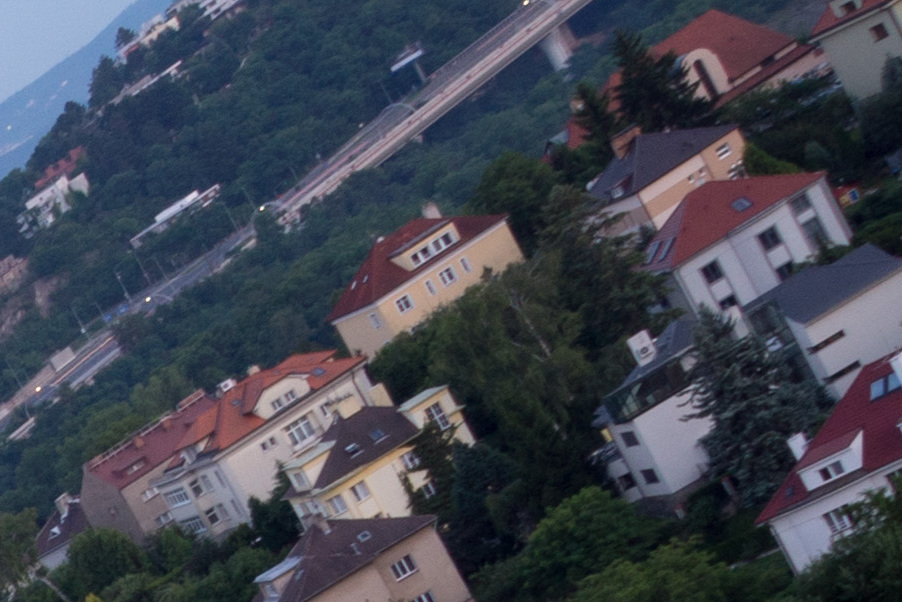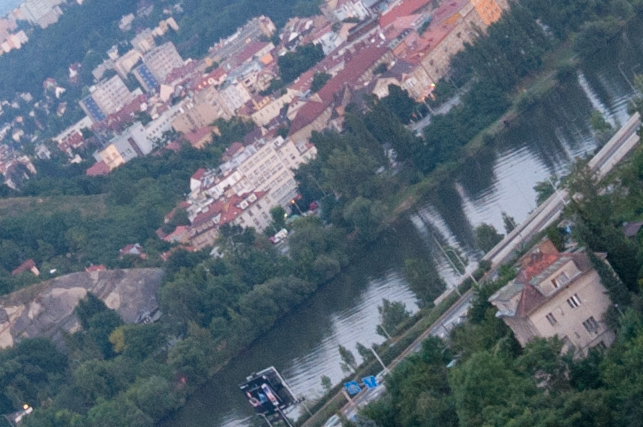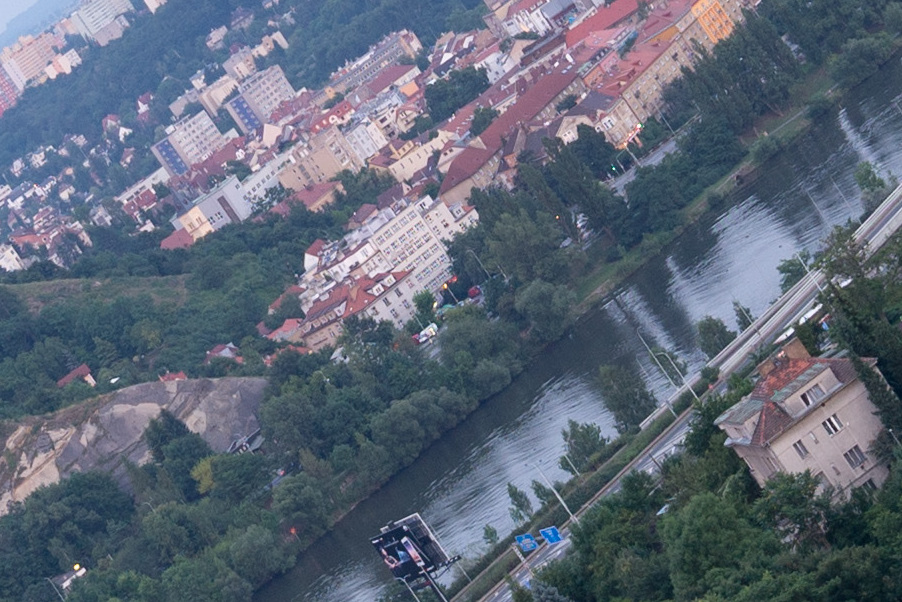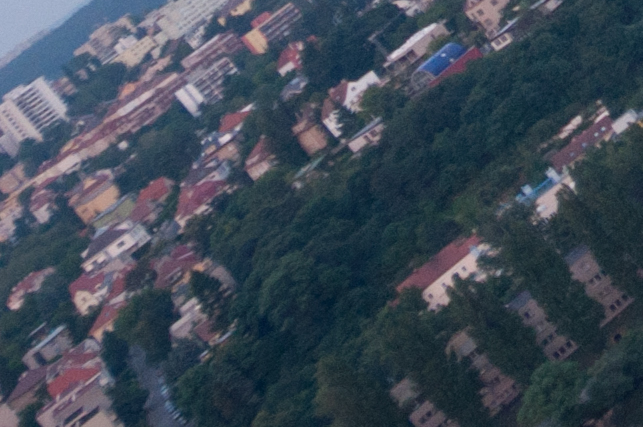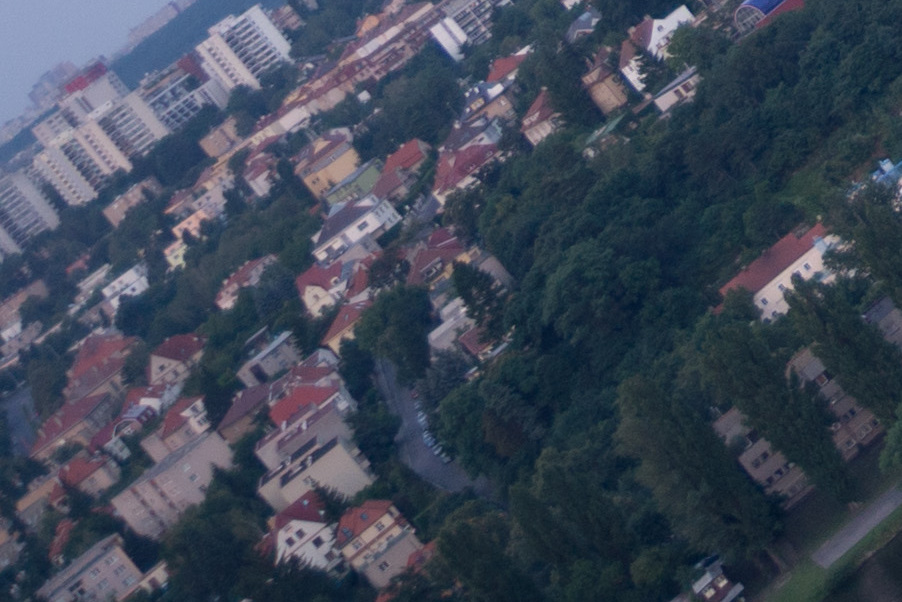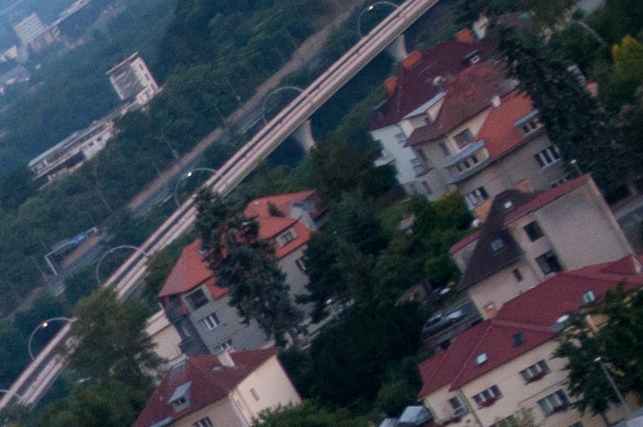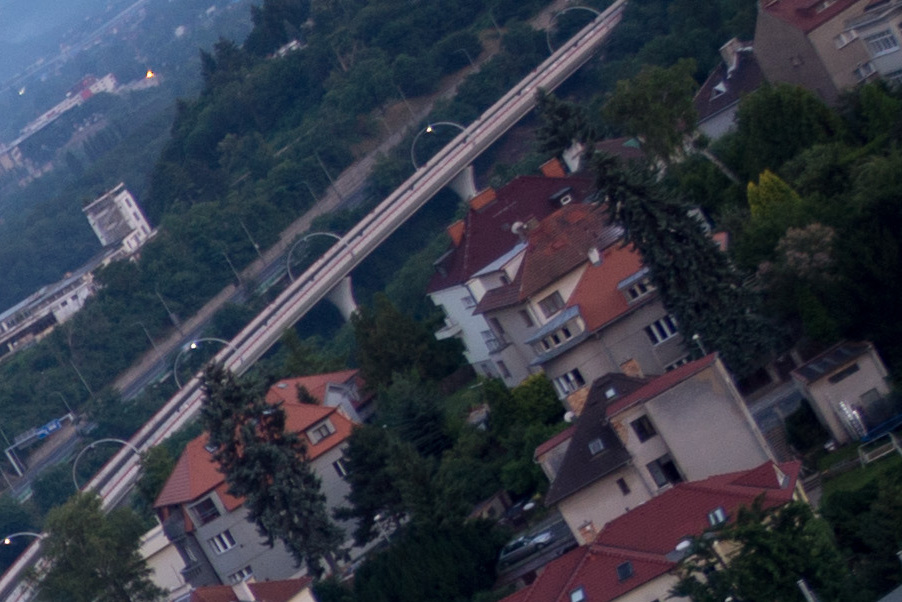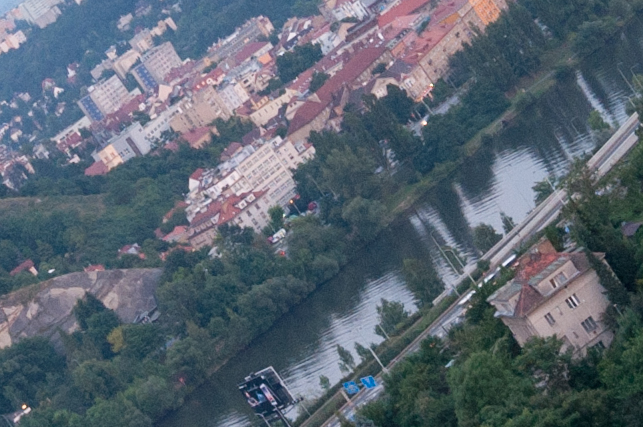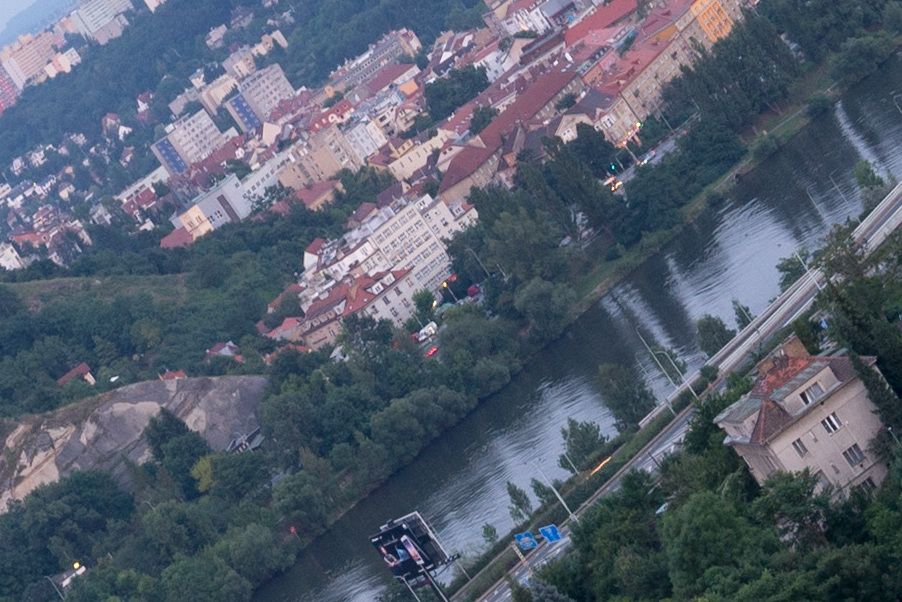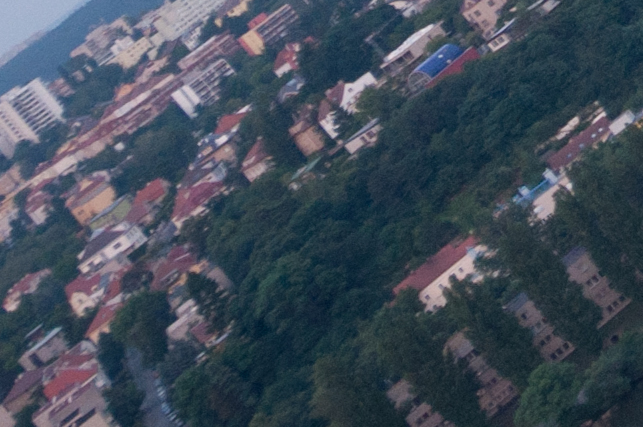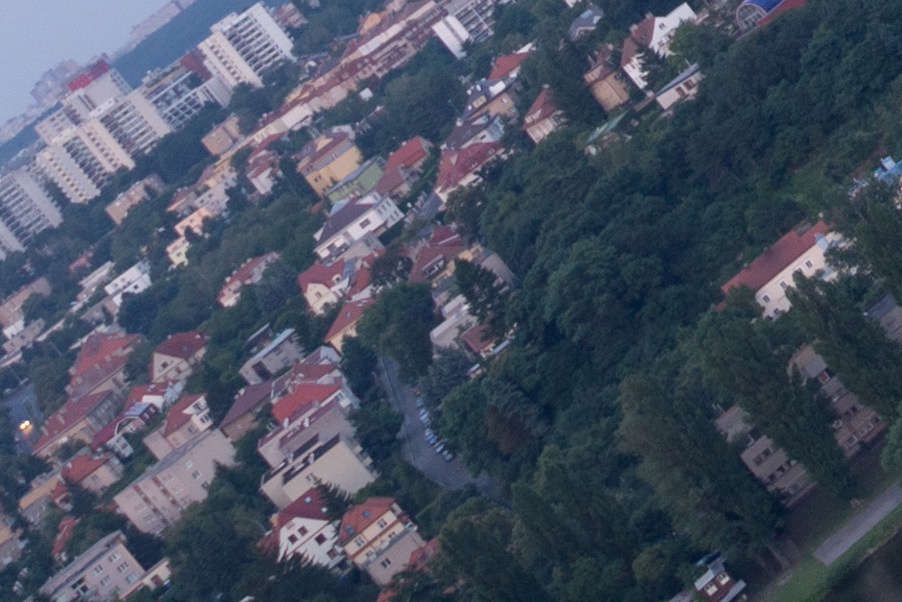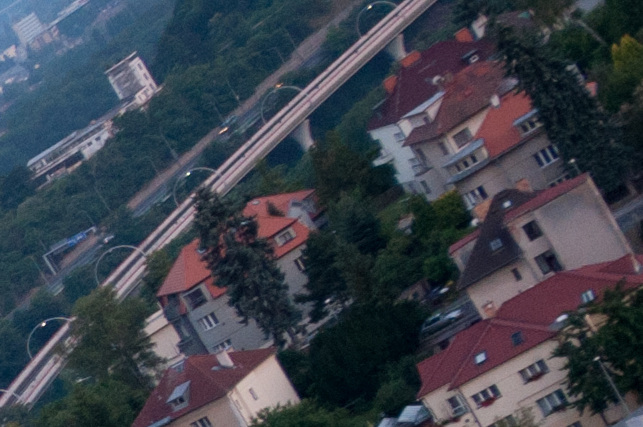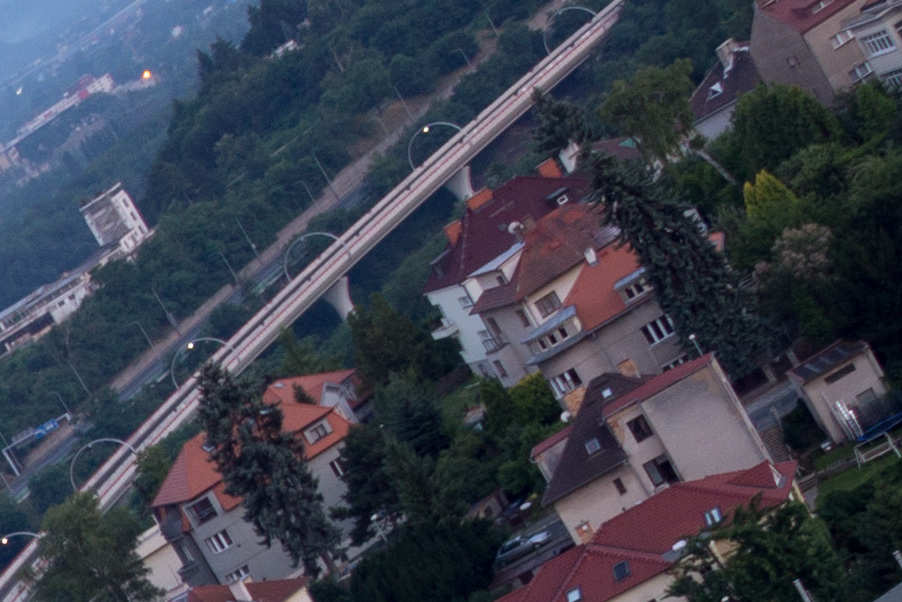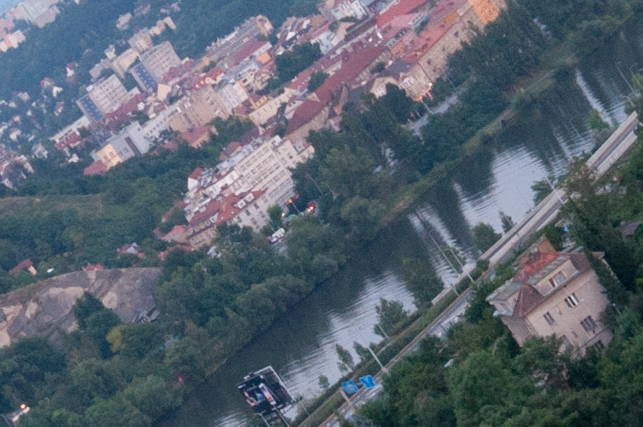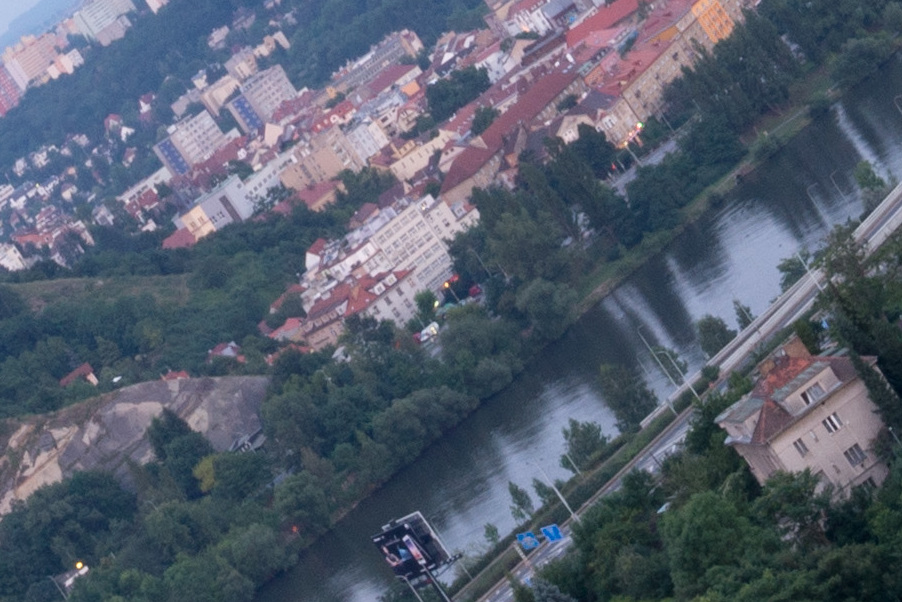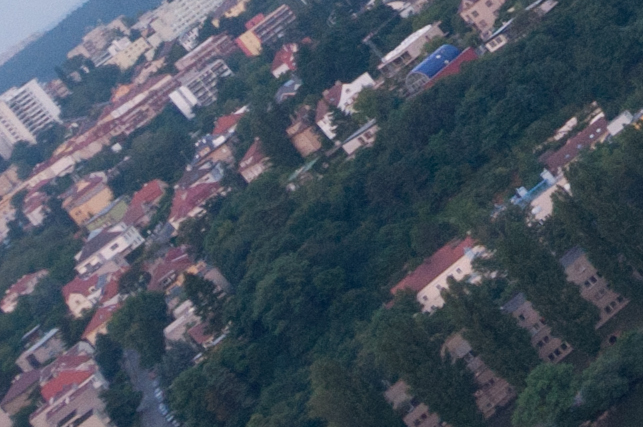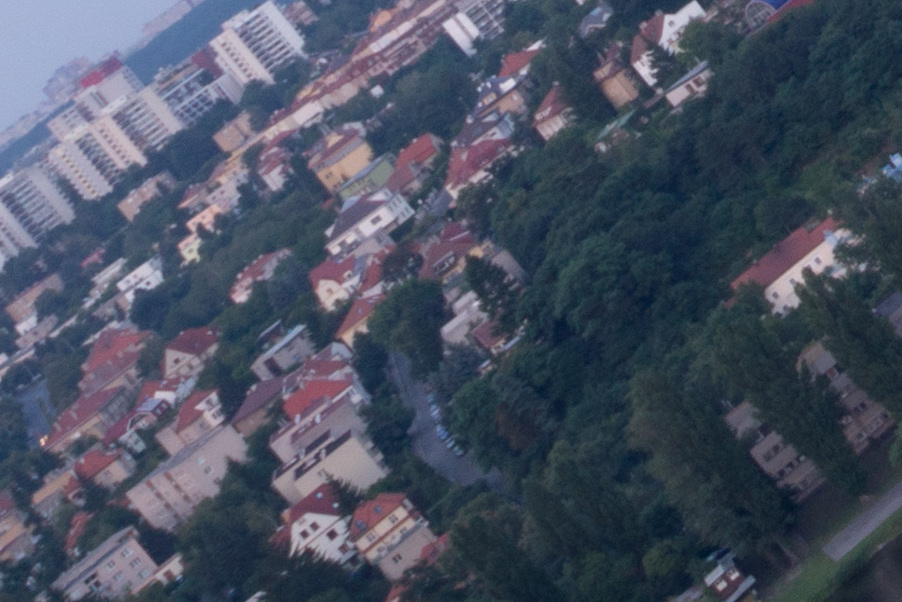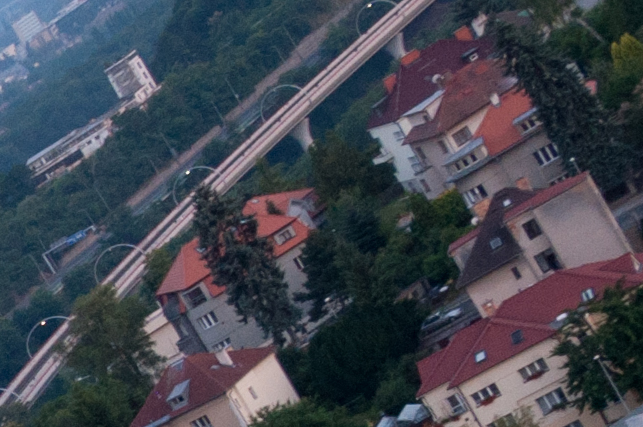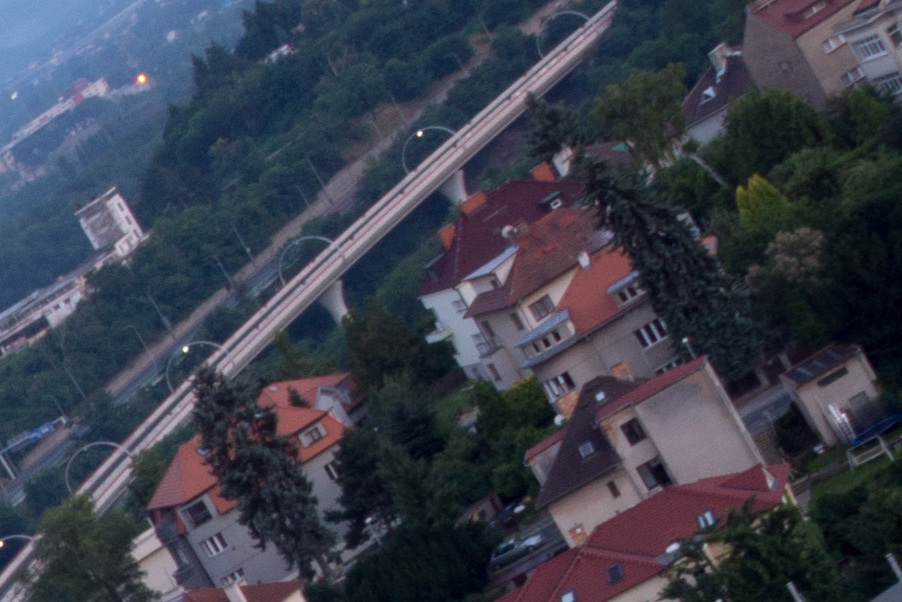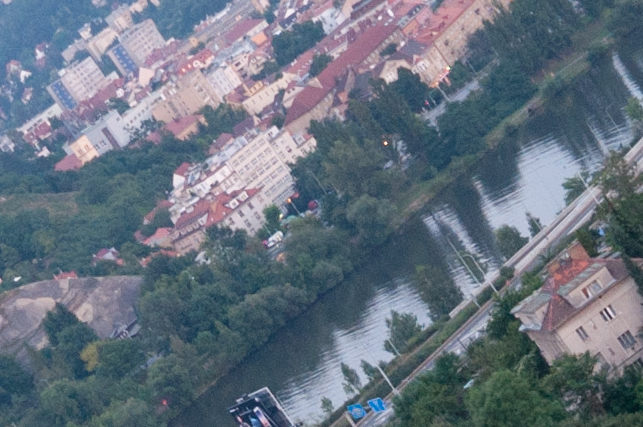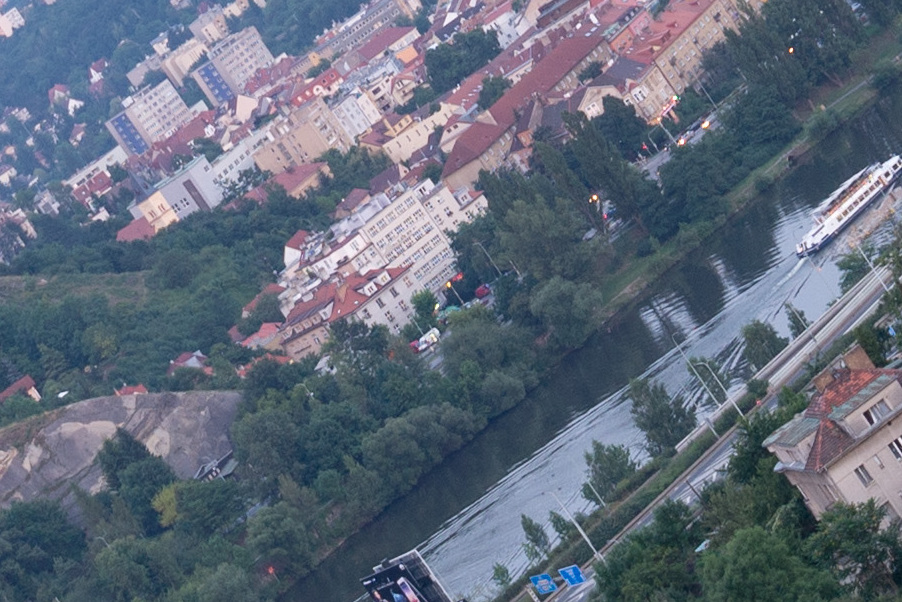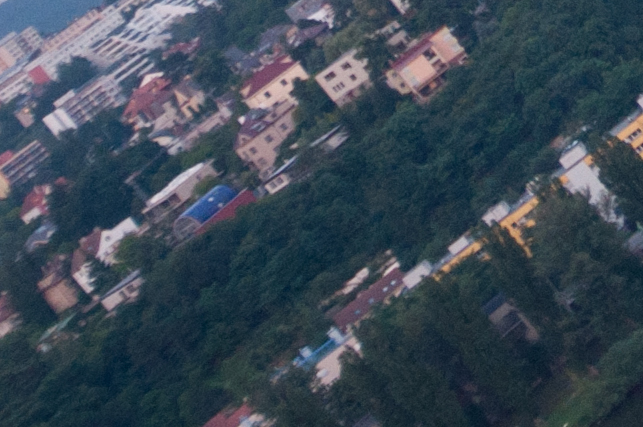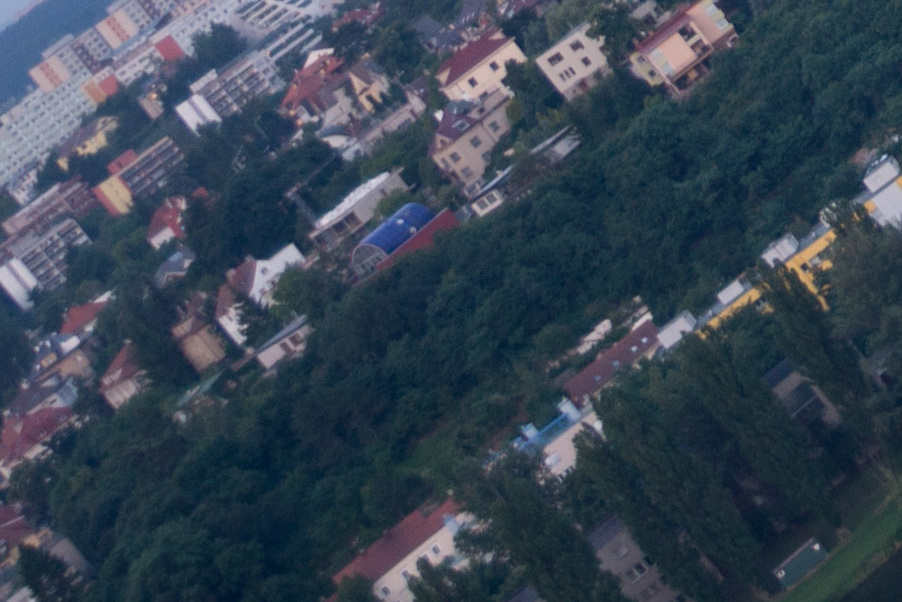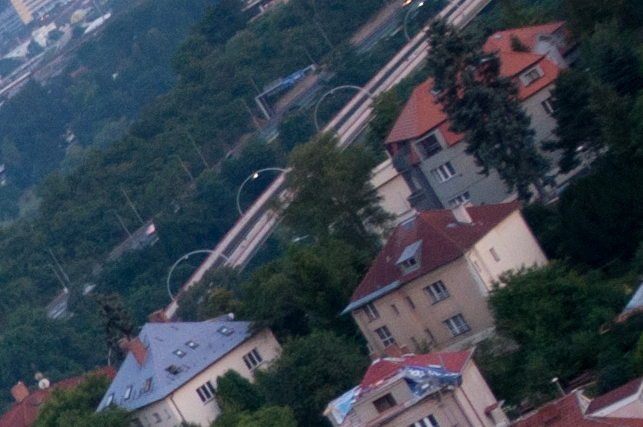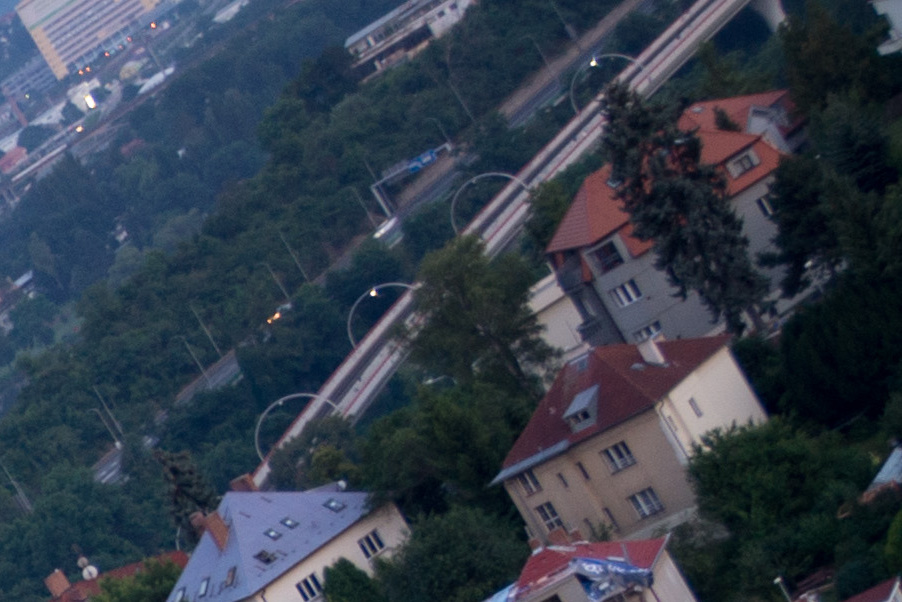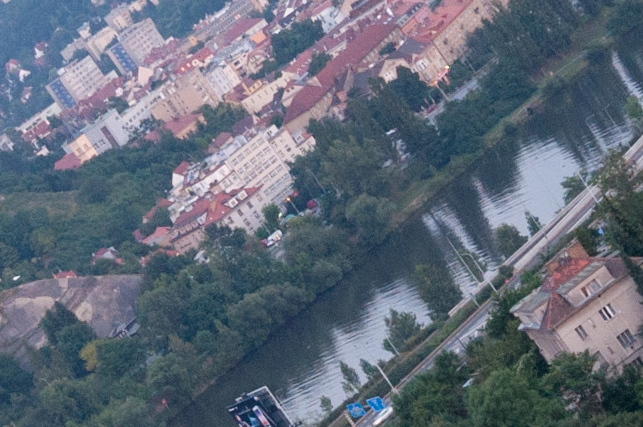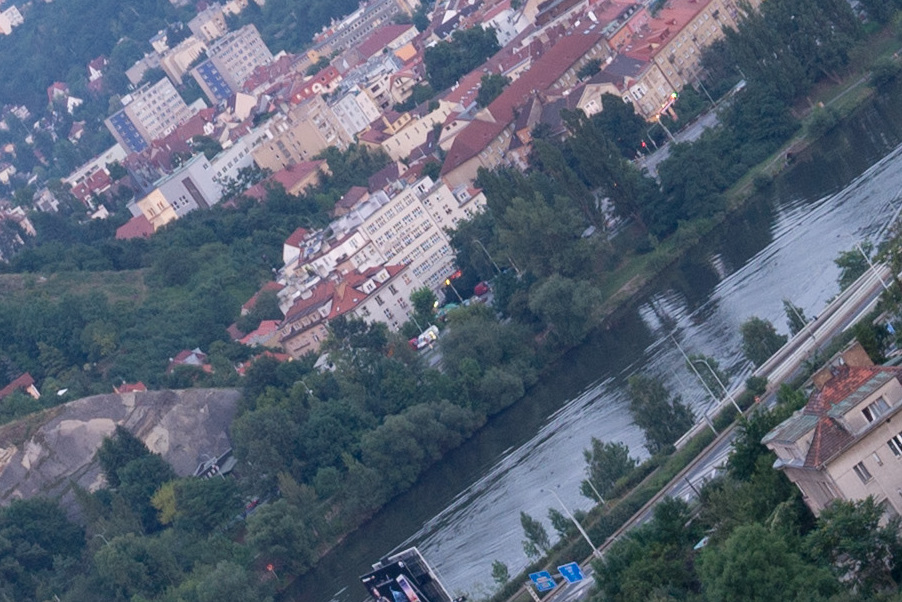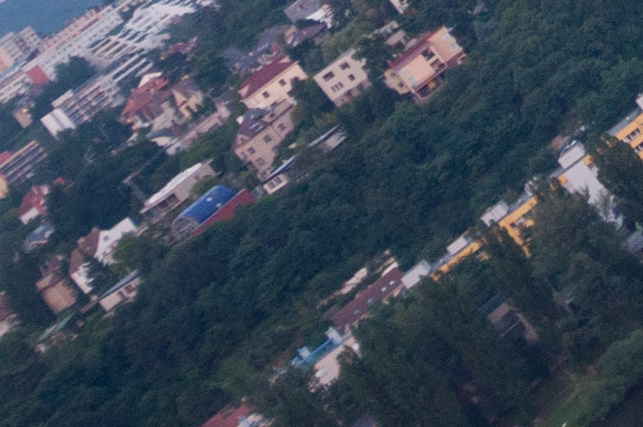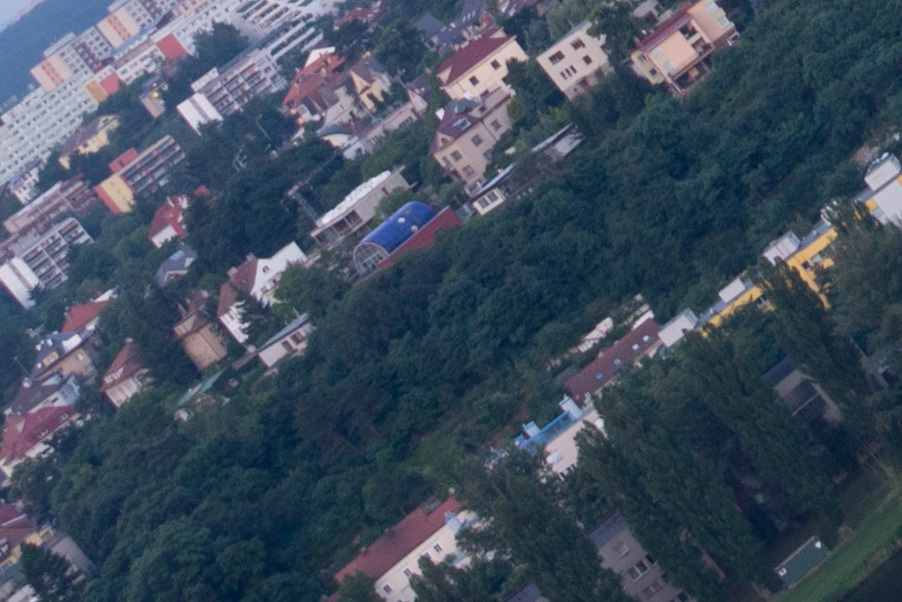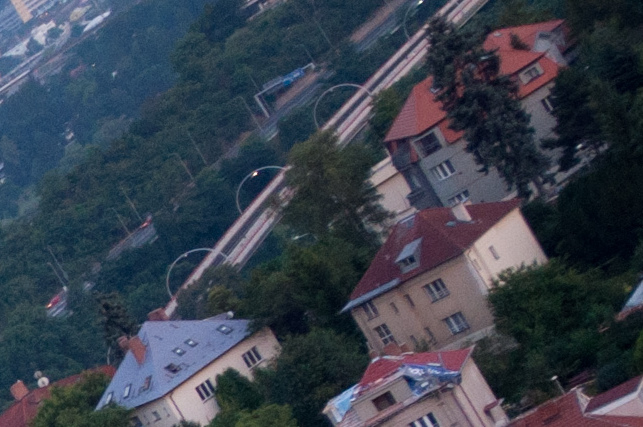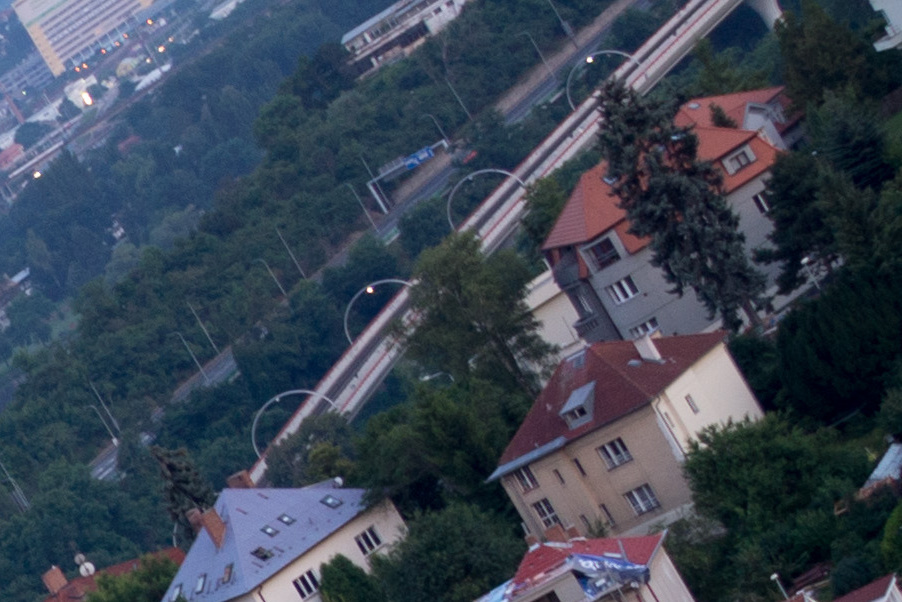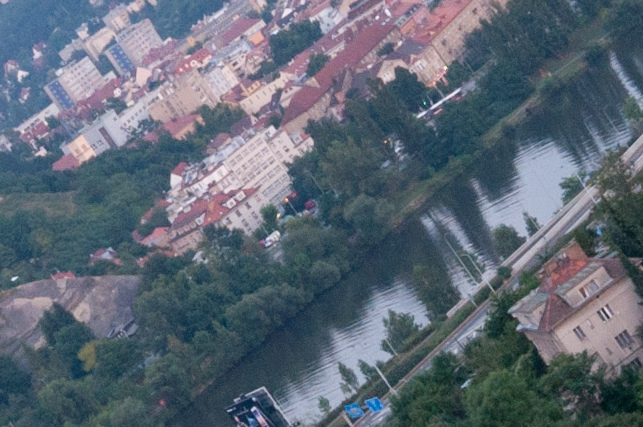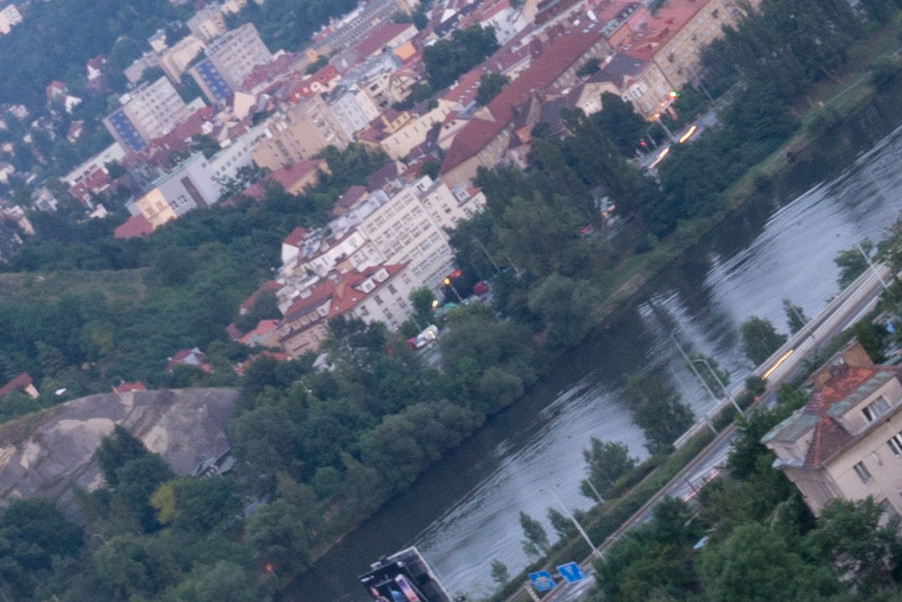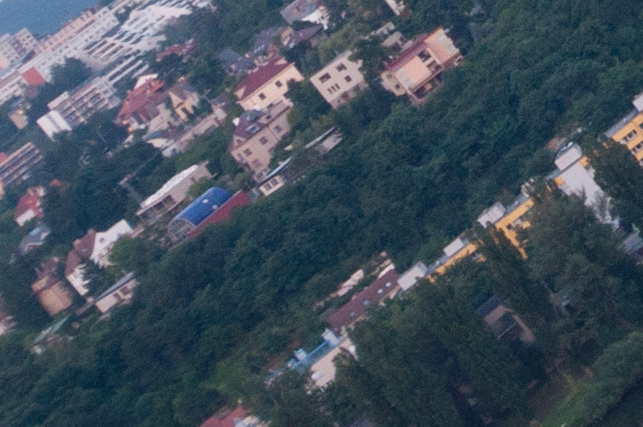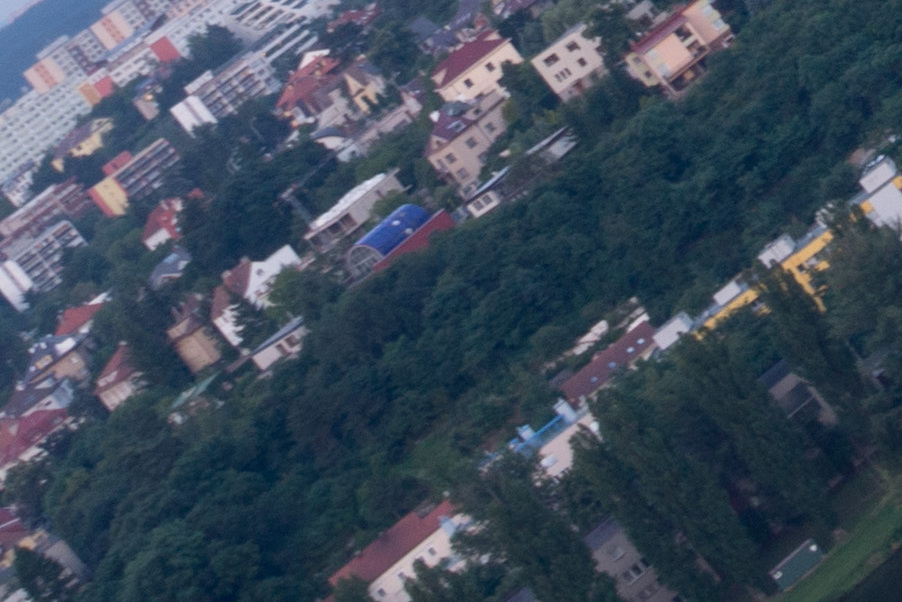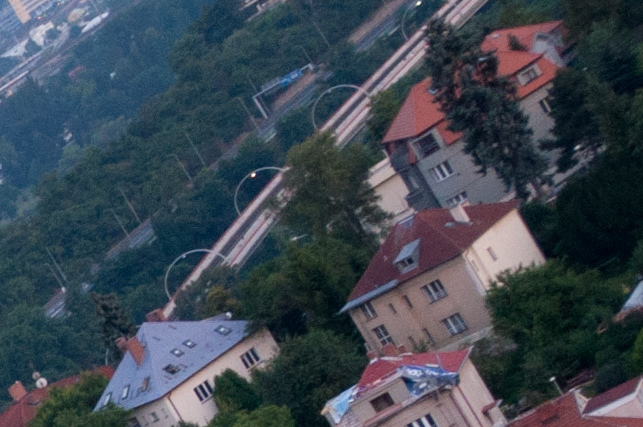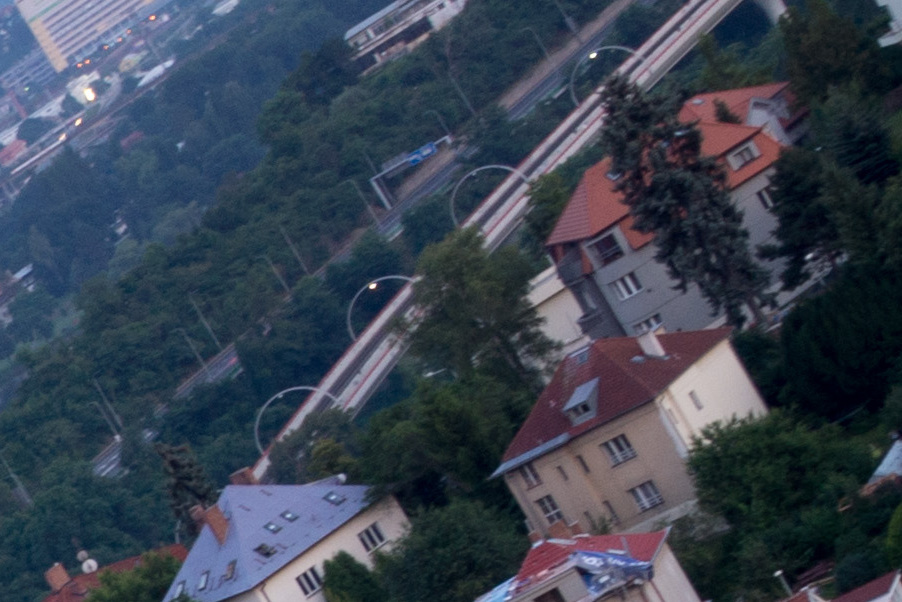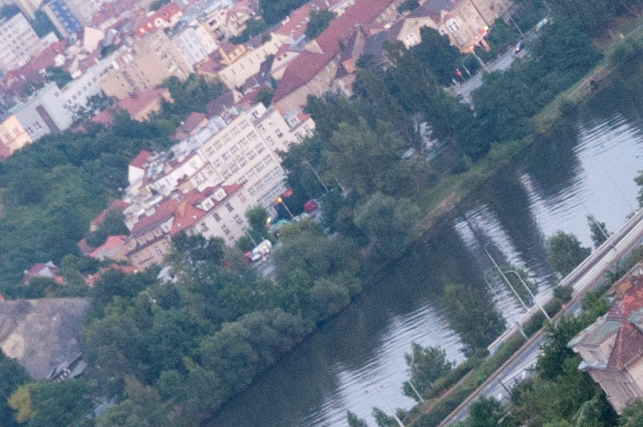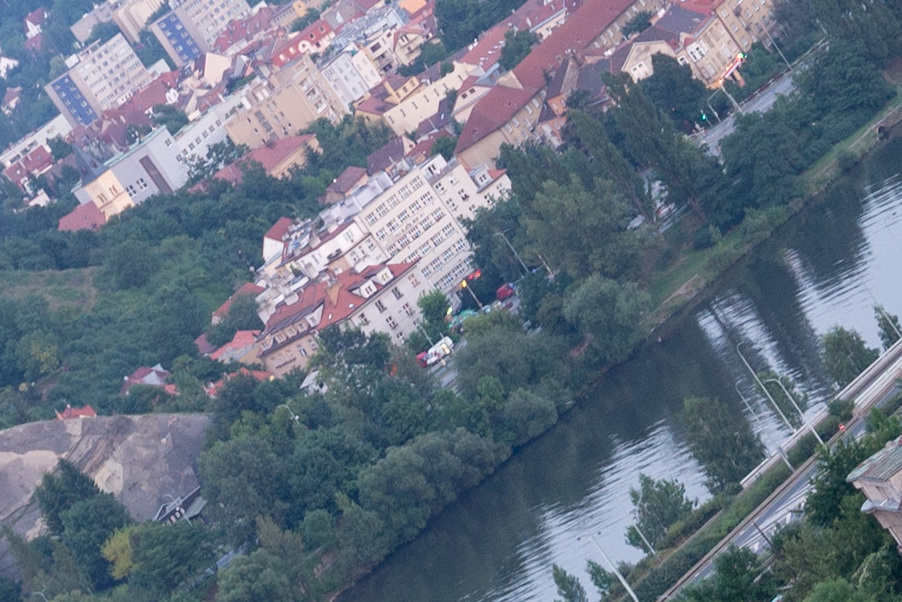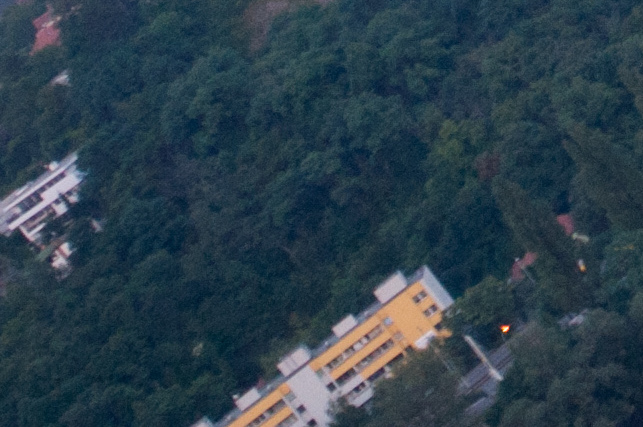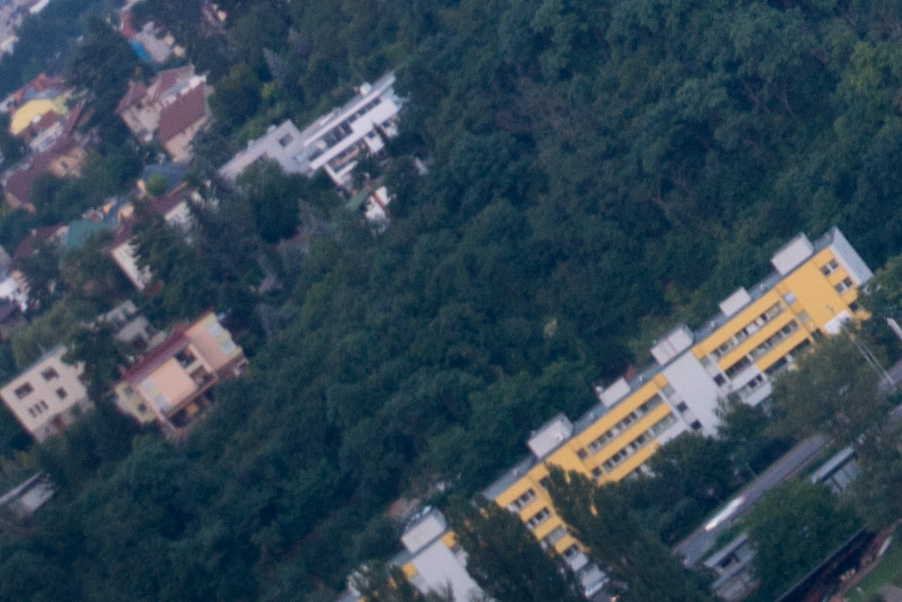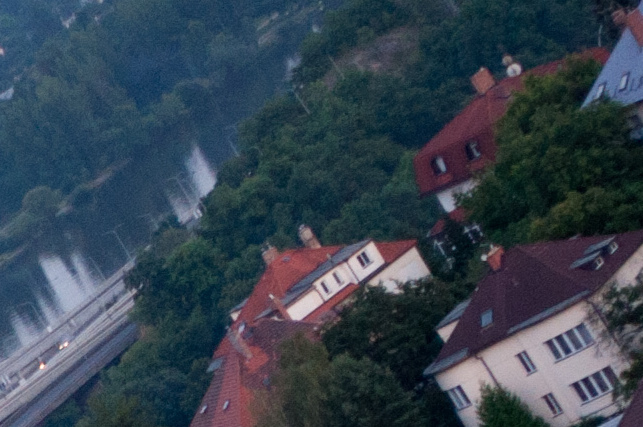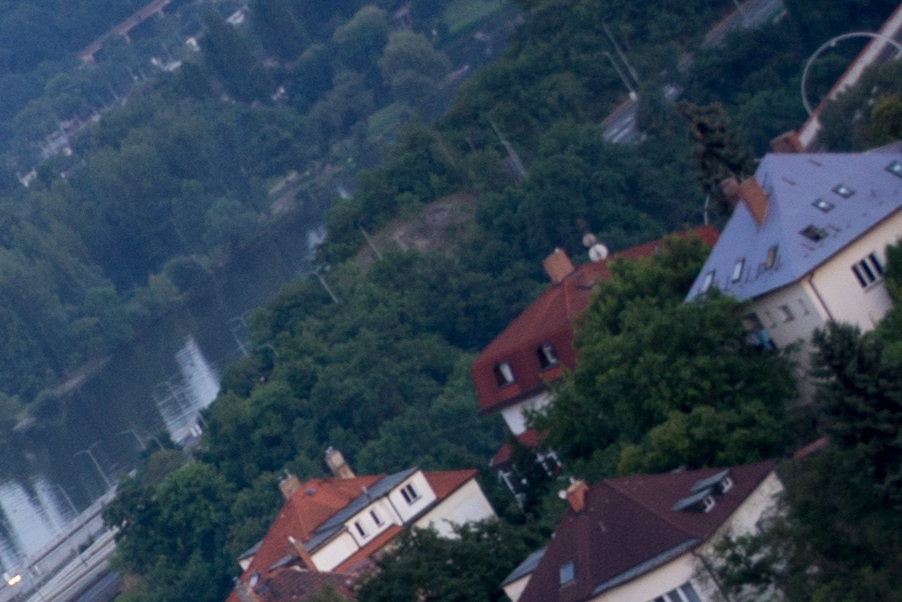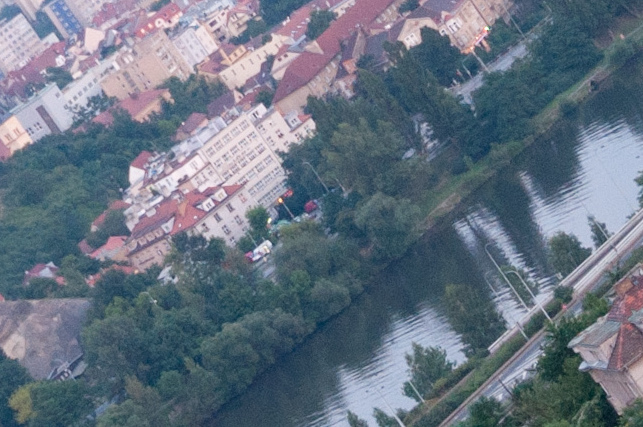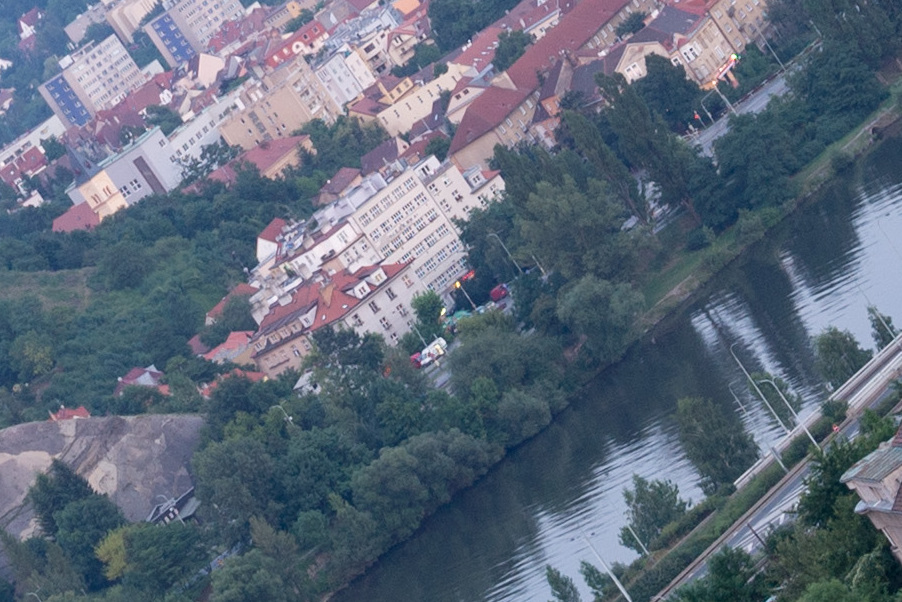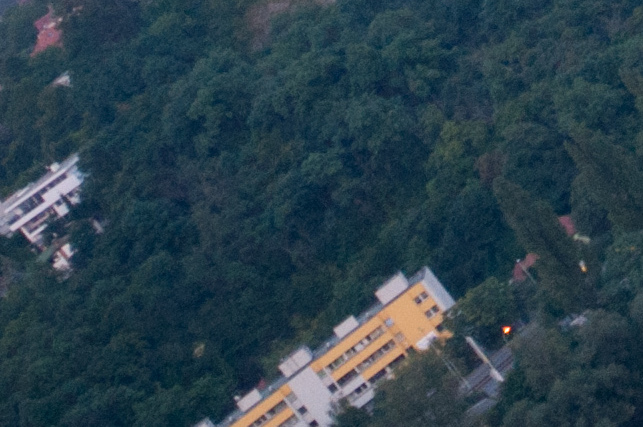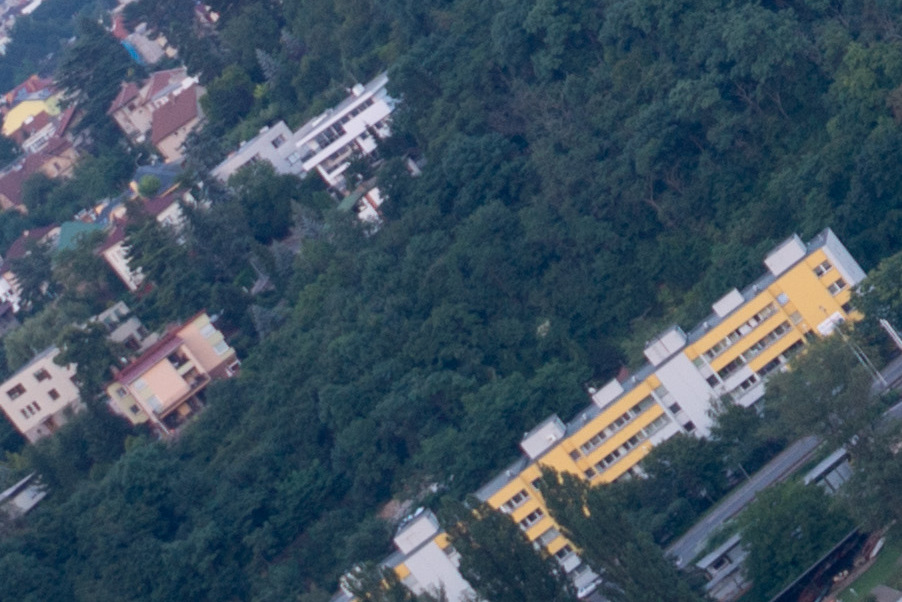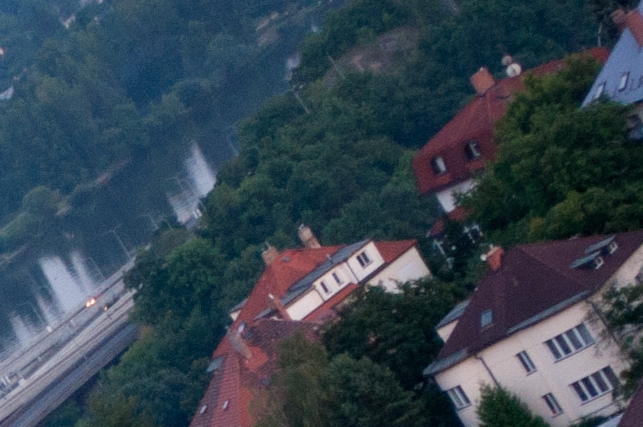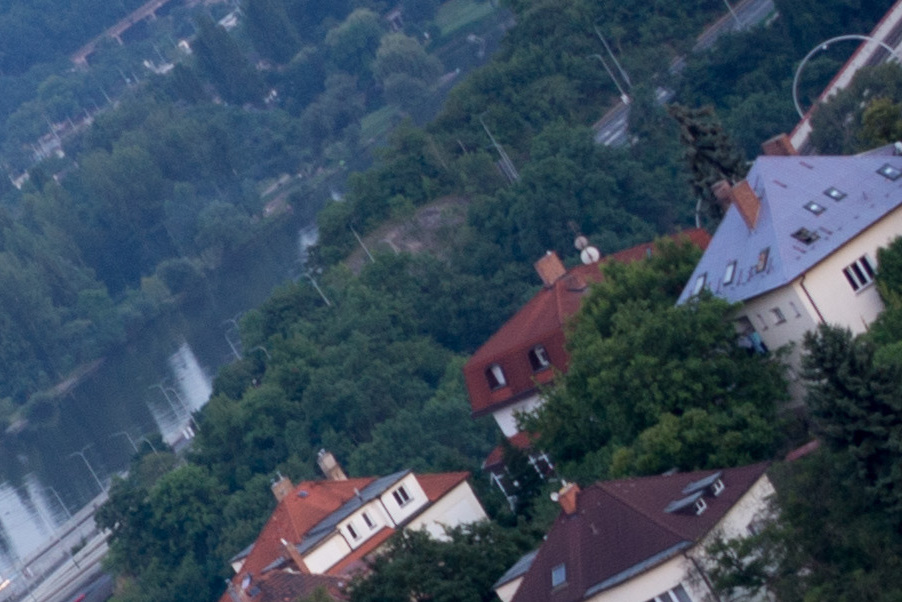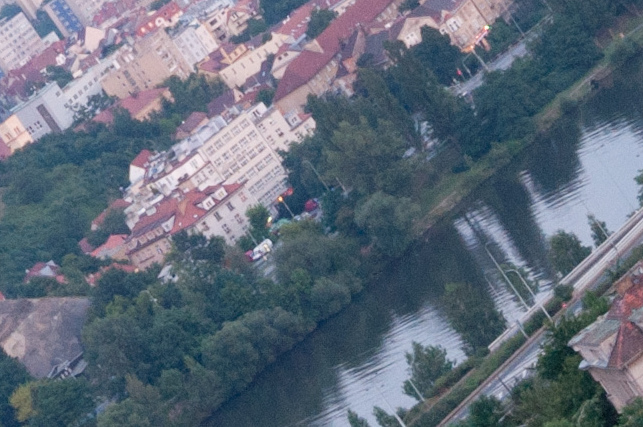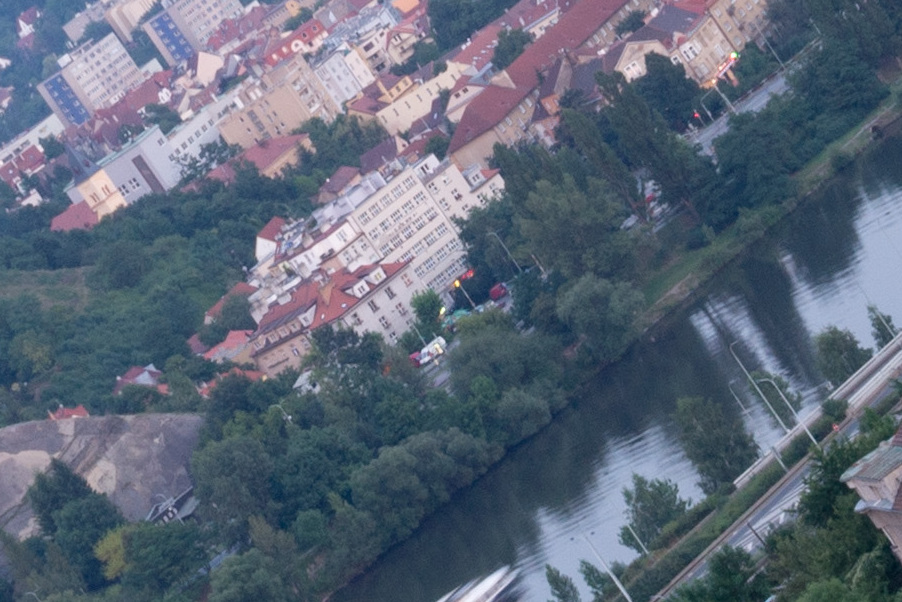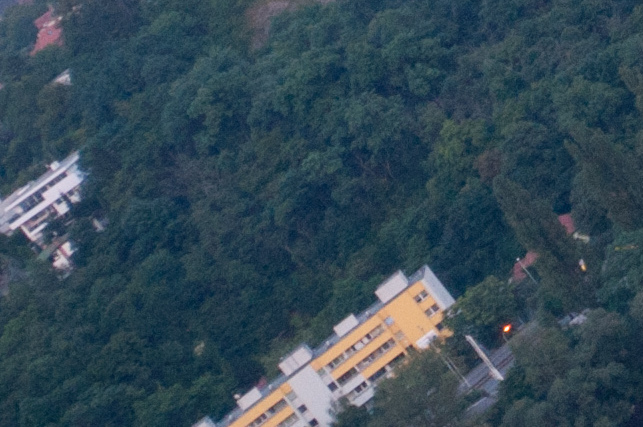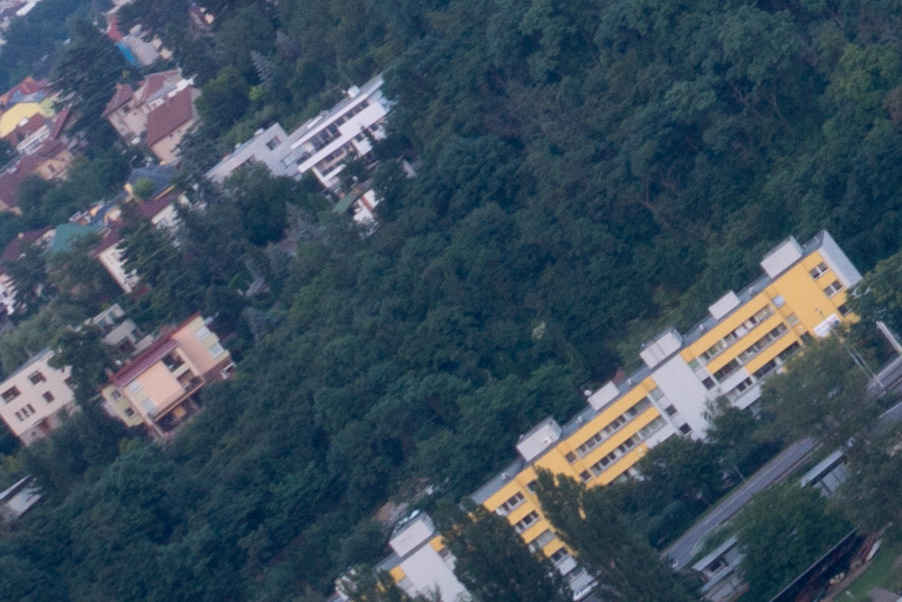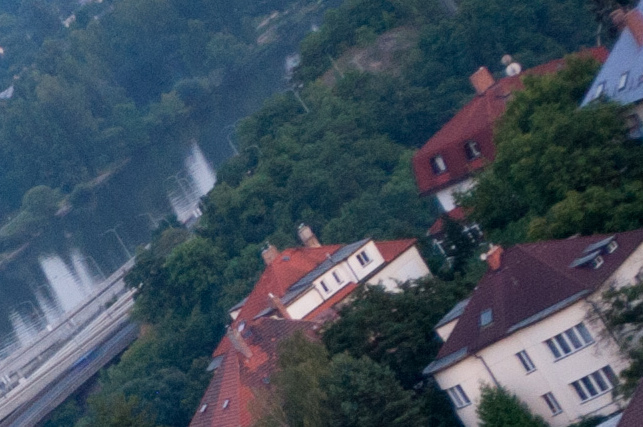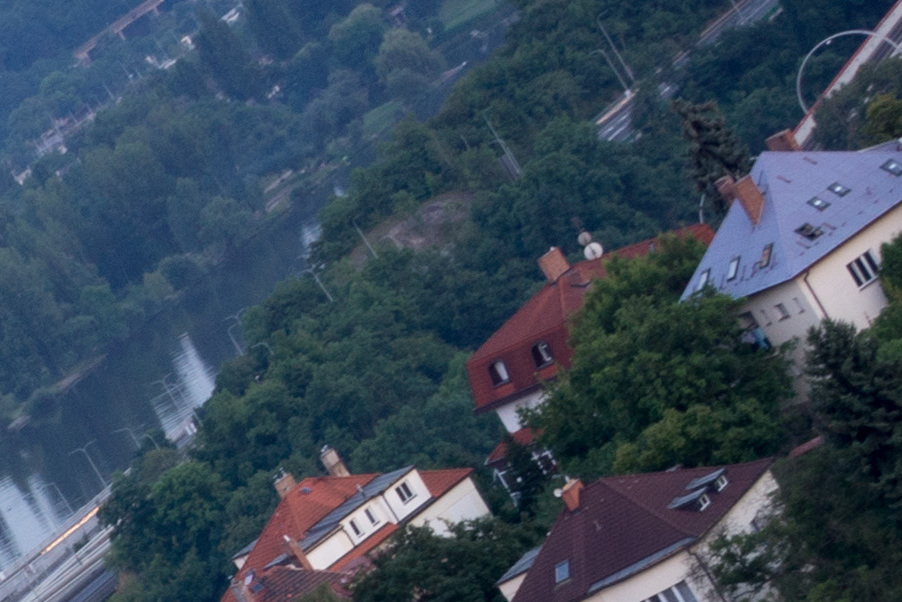Nikon D90 + AF-S DX NIKKOR 10-24mm f/3.5-4.5G ED vs. Nikon D610 + AF-S NIKKOR 18-35mm f/3.5-4.5G ED comparison
This is a comparison of what I gained and lost by moving from D90+10-24 to D610+18-35G. I understand that more useful comparison would be a 24MP DX body with 10-24 and 24MP FX body with 18-35, but I don't have it. Note that this text refers to new 18-35G, not the older version of Nikon lens with same range.
DX choice
I have enjoyed 5 years with 10-24. It is a very good ultra wide lens. I recommend it for DX use. There are several choices for DX cameras to get to ultra wide angle.
| DX UWA Zoom Lens | My quick opinion |
|---|---|
| Nikon 12-24/4 | Fixed aperture zoom, but Nikon 10-24 has wider coverage and less distortion at 12mm, yet 12-24 sells here for 40% premium over 10-24. Compared here. |
| Tokina 11-16/2.8 | Well regarded, fast aperture, but limited zoom range |
| Sigma 10-20/4-5.6 | Not great, but cheap. Compared here. |
| Sigma 10-20/3.5 | I have not seen this one. I remember reviews shown somewhat softer extreme corners, sharp everywhere else. |
| Sigma 8-16 | Super sharp, but limited zoom range. Does not allow filters. Bulbous front element makes it prone to flare. |
| Tamron 10-24 | Looks like same recipe as Nikon 10-24, the lens element diagram is almost same, but image quality is worse in comparative reviews. But it costs about half the price of Nikon 10-24 here. |
| Nikon 10-24 | Practical zoom range from ultra wide to almost normal, center and middle is very sharp for every focal length and aperture until diffraction. Corners are sharp enough when stopped down. Quite good flare resistance. |
Of all the entries above I see Nikon 10-24 as universal choice. It is winner in this test of 8 lenses. Two other choices are that are reasonable for me as specialty lenses would be Tokina 11-16/2.8 as choice for fast aperture for limited range compromise and Sigma 8-16 as choice of extreme UWA coverage at cost range.
FX choice
I'm new to 18-35G, but so far I'm happy with it. While choosing ultrawide zoom, I made these notes for myself:
| FX UWA Zoom Lens | My quick opinion |
|---|---|
| Nikon 14-24/2.8 | Fixed aperture zoom with limited range. Etalon of UWA zoom sharpness, even for UWA in general (zooms and primes), though some Zeiss primes are better. Does not allow filters. It is very big. Bulbous front element makes it prone to flare. |
| Nikon 17-35/2.8 | Well regarded lens introduced quite some time ago. Corners are not great. |
| Sigma 12-24/4.5-5.6 | There are two versions. Older was not very good. Newer is slightly better. |
| Nikon 16-35/4VR | VR may be advantage for say Museum that does not allow tripods use. A lot of complaints of users that their first copy was bad. On paper it should be better than 18-35G, but certainly not are copies are. Some this may be attributed to field curvature. |
| Tokina 17-35/4 | In the-digital-picture.com review it seems that Tokina 16-28/2.8 is better in both corners and midframe. |
| Tokina 16-28/2.8 | In the-digital-picture.com review it is very sharp once stopped down to f/5.6, but prone to flare. |
| Nikon 18-35G/3.5-4.5 | Practical zoom range from ultra wide to almost normal. Center and middle is very sharp for every focal length and aperture until diffraction. Corners are sharp enough when stopped a bit down. Superior flare resistance. |
The 18-35G is no brainer at its price, unless you want VR or f/2.8 while also having some other compromises (VR: weight, size, field curvature; f/2.8: weight, size, flare, no common filters).
Test
Nikon D90 + AF-S DX NIKKOR 10-24mm f/3.5-4.5G ED
Nikon D610 + AF-S NIKKOR 18-35mm f/3.5-4.5G ED
Capture: on tripod, base ISO, exposure delay mode, each frame is live-view focused at center with aperture set prior to entering LV.
RAW processing: processed in Adobe Lightroom 5.5. Default sharpening, whitebalance set to cloudy, exposure correction set to auto, chromatic aberration correction ON, no distortion correction.
Contenders
Here they are:
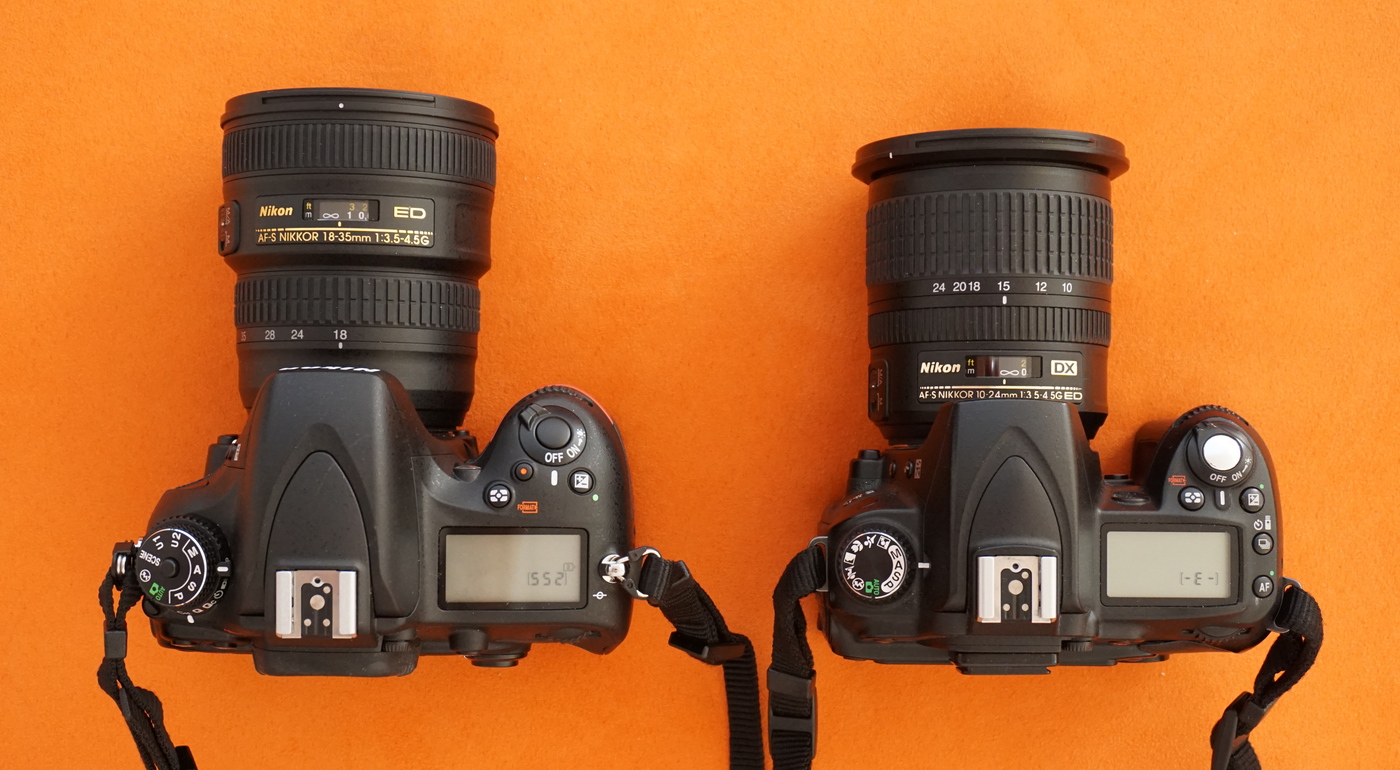
Widest coverage
Based on building details in the pictures, I have tried to
match picture of 18-35G at 18mm FX on the image from 10-24 at
10mm DX by drawing points than connecting them by lines. Note
that barrel distortion of 18-35G could mean the red frame, if
completed, would not be rectangle. But there is not enough
static detail in the picture to complete the frame (note that there
was some wind causing movement of straws).
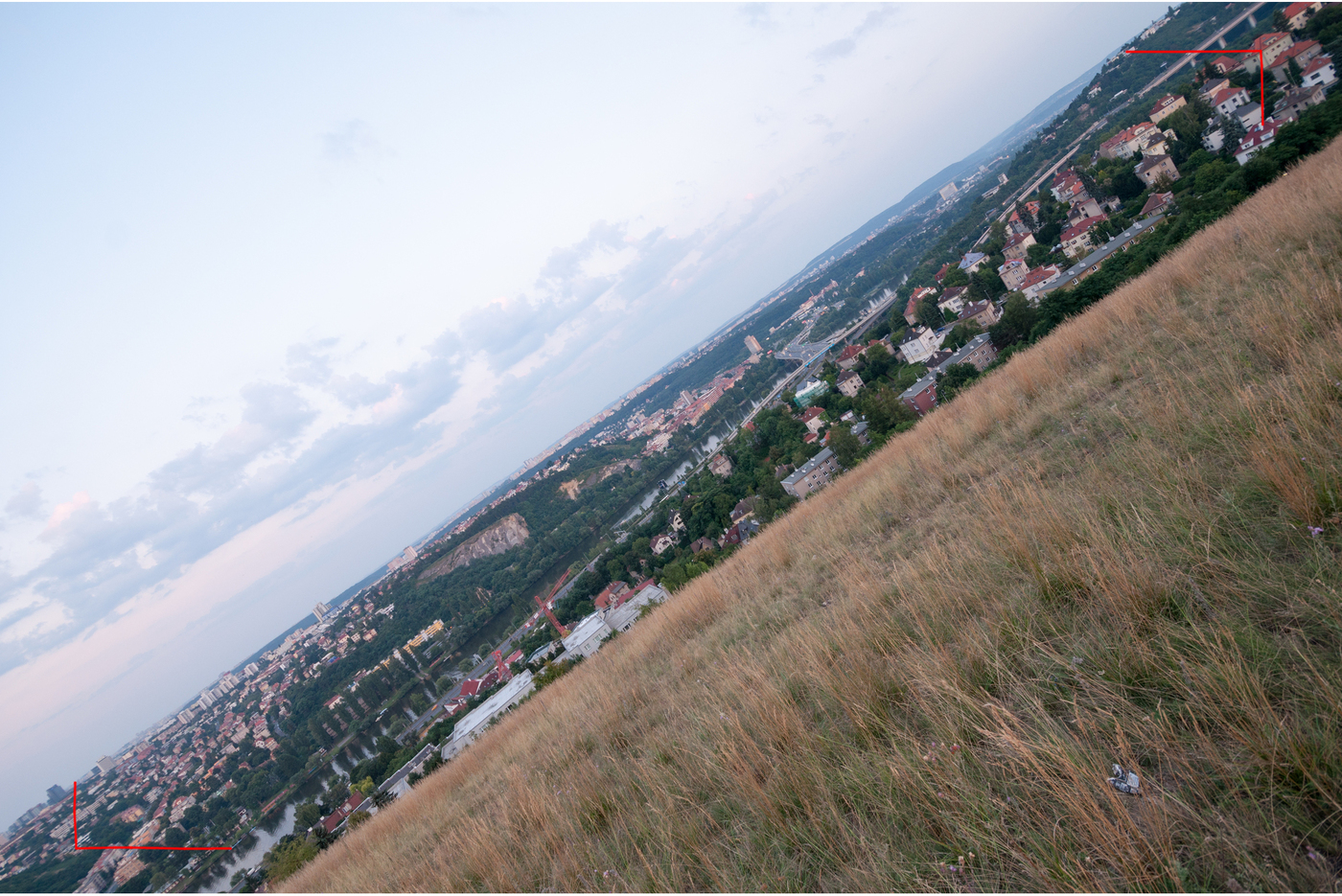
Flare resistance
The 10-24 based on my informal tests is very good, but 18-35G is superior.
Crops from corresponding images
The images are grouped by corresponding angle of view and by corresponding aperture. By corresponding aperture I mean: 1) both wide open; 2) same DoF with DX at 5.6 and FX at f/8; 3) same DoF with DX at f/11 and FX at f/16.
Select focal length, aperture and region below. You can also select multiple values with CTRL key to see them row by row in table. To see full image, click on image crop.
Focal Length (DX): Aperture: Region:
Conclusion
Both are very good in center. 18-35G gains sharpness in corners by stopping aperture down to f/8. Stop down to f/16 reduces resolution due to diffraction while corners do not improve further. With 10-24 stopping down to f/5.6 sharpens the picture, a stop down to f/11 further improves corners while diffraction is not yet much visible on 12MP, but it be likely visible on higher MP body DX body as well.
Does it matter? Is it worth it?
Differences are quite small. To see them, you would have to print very big. To see differences between lenses - you are looking at 1:1 pixels. For 12MP body it means (with usual 100DPI monitor) that you are seeing an crop from image 42 inches or 106 cm wide. If you print that big or bigger often, you could get more out of 18-35G on 24MP FX. That said future displays will be large, but Ultra HD is still just 8MP. Also, the images here are taken on tripod. If you don't use one, you will likely get less resolution and it may equalize difference between lenses. On the other hand the 10-24 is still king of DX UWA zooms, but if you don't need 10mm and desire more resolution, it is possible with high MP fullframe and 18-35G. If you have both high MP FX and DX and don't need 10mm, the 18-35G is cheaper than 10-24 so choice is easy.
Back to index - Jakub Trávník's resources.
